Marble and Travertine for Small Spaces: Big Design Ideas for Powder Rooms, Pantries, Shower Niches, and Beyond

Introduction
In small spaces, every detail matters. Whether it’s a tiny powder room, a cozy pantry, or a narrow shower niche, natural stone like marble and travertine can make these compact areas feel luxurious, intentional, and open.
This complete guide focuses on using marble and travertine to transform small spaces with thoughtful design, layout patterns, tile selections, and lighting tricks. These strategies not only elevate aesthetics but also add practical function and long-term value.
Table of Contents
-
Why Marble and Travertine Work So Well in Small Spaces
-
Choosing the Right Tile Size and Shape
-
Ideal Finishes for Small Areas
-
Smart Layout Patterns to Enlarge a Room Visually
-
Powder Room Design Tips
-
Pantry Backsplash and Floor Ideas
-
Shower Niche and Accent Walls
-
Laundry Room Corners and Utility Spaces
-
Mudroom Walls and Entry Cubbies
-
Feature Strips, Borders, and Insets
-
Light and Grout Tricks for Spatial Impact
-
Mixing Mosaics with Field Tiles
-
Common Mistakes to Avoid
-
Cleaning and Maintenance for Tight Spots
-
Frequently Asked Questions (FAQ)
-
Conclusion
1. Why Marble and Travertine Work So Well in Small Spaces
-
Reflective Surfaces: Especially polished marble, enhances natural light
-
Visual Texture: Adds depth in tight areas without clutter
-
High-End Appeal: Instantly upgrades tiny rooms
-
Durability: Ideal for frequently used zones like mudrooms or niches
2. Choosing the Right Tile Size and Shape
-
Small Spaces Need Balance: Too large, and they overwhelm; too small, and they feel busy
-
Best Options:
-
3x6 or 4x12 subway tiles
-
6x6 or 12x12 honed tiles
-
Mosaic sheets (hexagon, penny round, basketweave)
-
3. Ideal Finishes for Small Areas
-
Polished: Makes rooms look larger and brighter
-
Honed: Perfect for floors, avoids glare
-
Tumbled: Adds soft, aged character
4. Smart Layout Patterns to Enlarge a Room Visually
-
Vertical Stack: Adds height
-
Diagonal Lay: Creates dynamic movement
-
Herringbone: Visually stretches narrow rooms
-
Inset Borders: Define areas without closing space
5. Powder Room Design Tips
-
Stone Choice: Calacatta Viola, Thassos, Rosso Levanto
-
Wall Layout: Vertical tile stripes increase perceived height
-
Flooring: Mosaic or tumbled tiles offer texture and slip resistance
-
Mirror Placement: Reflect marble to double impact
6. Pantry Backsplash and Floor Ideas
-
Backsplash: Marble subway in white or beige to maintain brightness
-
Flooring: Small-scale tumbled travertine for cozy texture
-
Tip: Use shelf lighting to highlight veining in vertical tile
7. Shower Niche and Accent Walls
-
Material: Basketweave marble or mosaic travertine
-
Pattern: Contrast niche material with main shower wall tile
-
Tip: Use matching grout for clean, modern look
8. Laundry Room Corners and Utility Spaces
-
Use Mosaic: Great for splash zones behind washers
-
Color: Choose light beige or creamy tones for airiness
-
Finish: Honed or brushed for practicality
9. Mudroom Walls and Entry Cubbies
-
Vertical Cladding: Thin marble tile strips
-
Function + Form: Protects walls from scuffs while looking high-end
-
Tip: Add a narrow travertine bench with tile trim
10. Feature Strips, Borders, and Insets
-
Accent Strips: Use contrasting mosaic as a vertical feature
-
Borders: Frame mirrors or vanity backsplashes with tumbled marble
-
Insets: Add square or round medallions on floors for charm
11. Light and Grout Tricks for Spatial Impact
-
Grout: Match tones to tile for a seamless feel
-
Lighting: Install warm-white or LED backlighting over stone
-
Reflective Finishes: Use polished tile near lighting fixtures
12. Mixing Mosaics with Field Tiles
-
Best Practice: Use mosaic for accents, field tile for continuity
-
Avoid Overuse: Too many mosaics shrink visual space
-
Tip: Keep color palette tight for cohesion
13. Common Mistakes to Avoid
-
Using dark grout in narrow, low-light rooms
-
Overloading wall with too many shapes
-
Ignoring tile thickness (especially for niches)
-
Forgetting to seal stone before installing in wet areas
14. Cleaning and Maintenance for Tight Spots
-
Use soft brushes or cloths in corners
-
Clean weekly with pH-neutral cleaner
-
Reseal every 6–12 months depending on exposure
15. Frequently Asked Questions (FAQ)
Q1: What is the best stone tile for a powder room?
A: Polished marble like Thassos or Calacatta Gold for walls; tumbled travertine for floors.
Q2: Can I use marble in a laundry room?
A: Yes, especially honed or brushed finishes. Just be sure to seal well.
Q3: What layout makes a small room feel bigger?
A: Diagonal or herringbone patterns visually expand space.
Q4: Should I mix marble and travertine in a niche?
A: Yes, but keep colors and finishes complementary.
Q5: Do small stone tiles require more maintenance?
A: Only slightly. Smaller tiles mean more grout, but regular cleaning and sealing will protect them.
Q6: Are mosaic tiles slippery?
A: No, most have natural texture or are tumbled for grip.
Q7: Can I install marble tile myself in a small space?
A: Yes, with patience and proper tools. Use mesh-backed mosaics for easier alignment.
16. Conclusion
Small spaces are full of design opportunity. With the right marble or travertine, you can turn any nook into a showpiece. From a statement niche to a fully tiled powder room, natural stone delivers elegance, warmth, and style—even in the tightest corners.
Visit www.surfacesgalore.com to shop marble and travertine tiles perfect for small-space design.

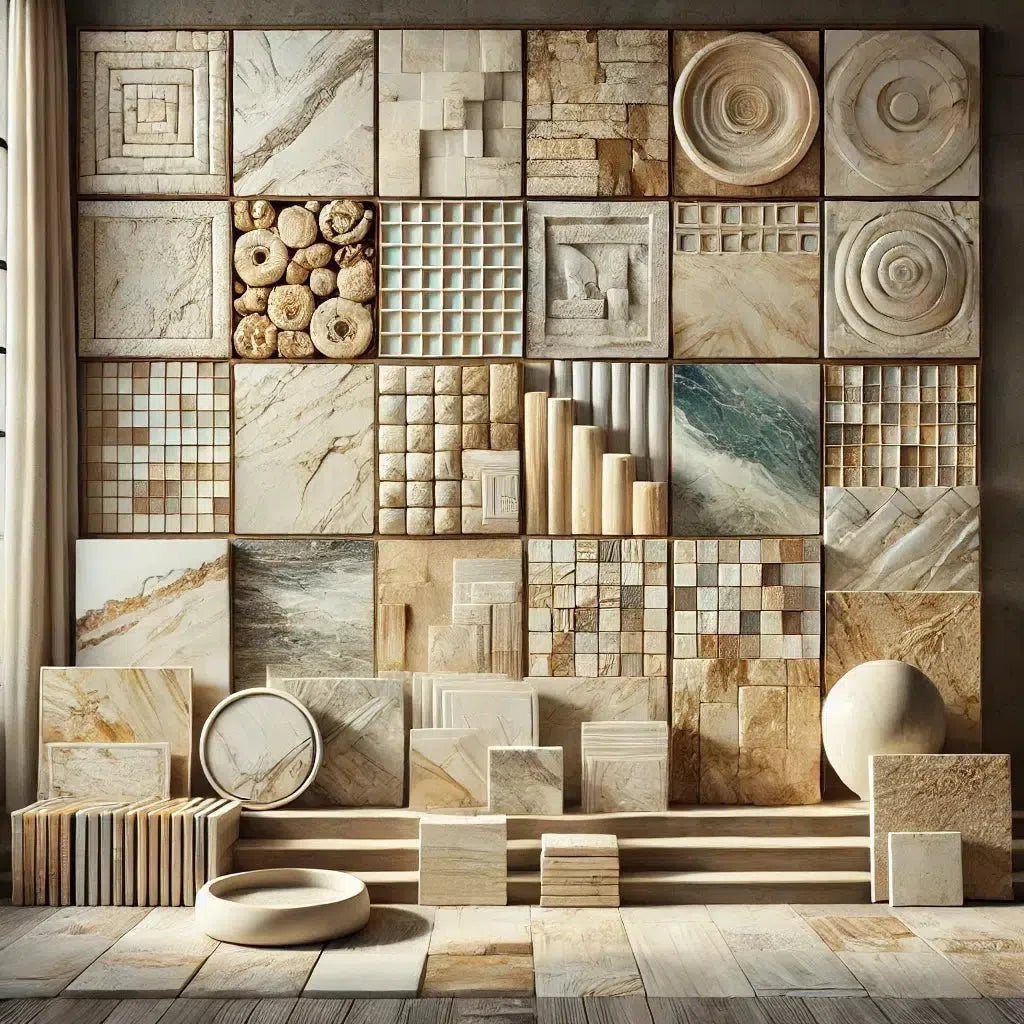 Best Selling Marble Collections
Best Selling Marble Collections
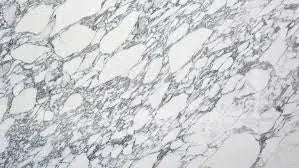 Arabescato Corchia
Arabescato Corchia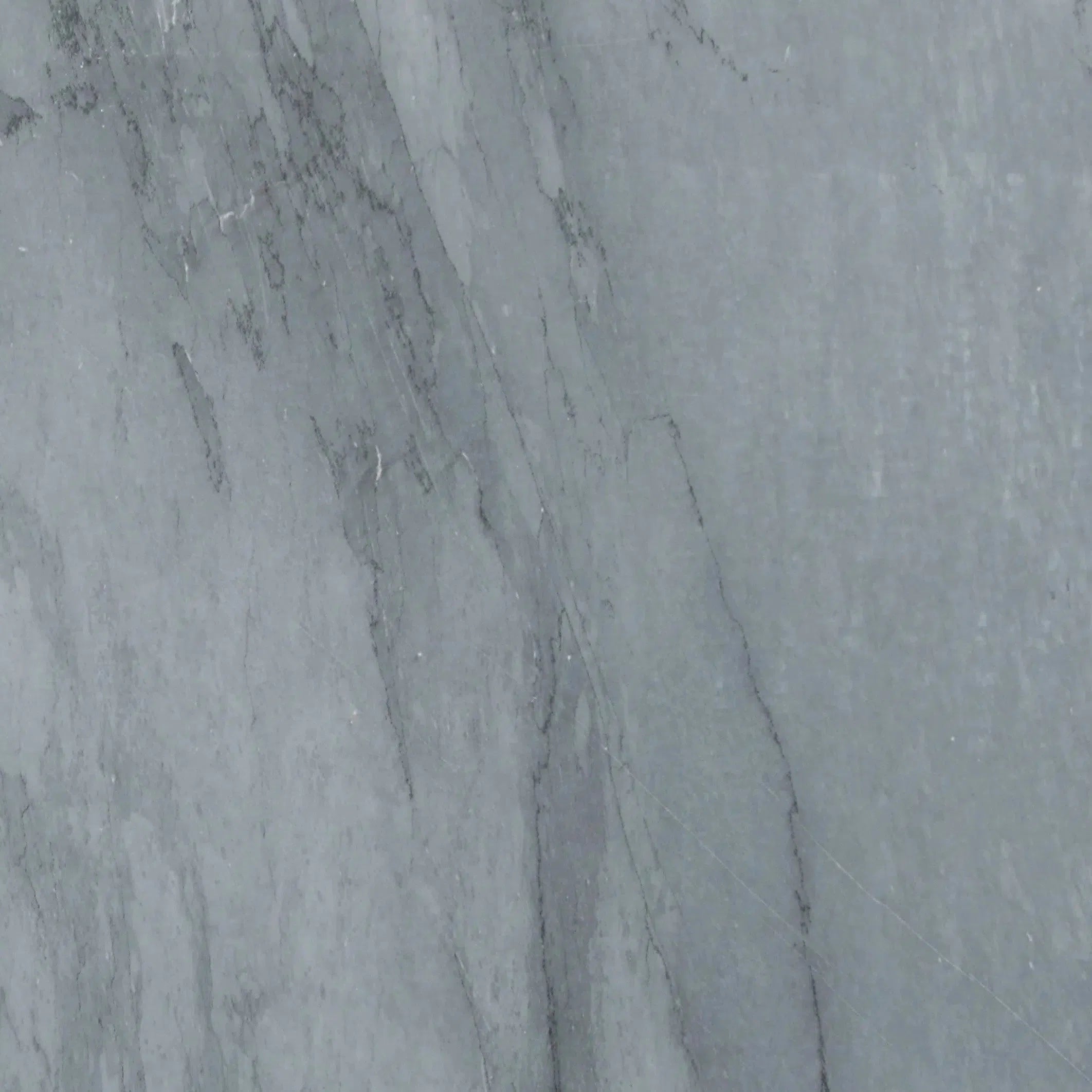 Bardiglio
Bardiglio Bianco Dolomite
Bianco Dolomite  Carrara White
Carrara White 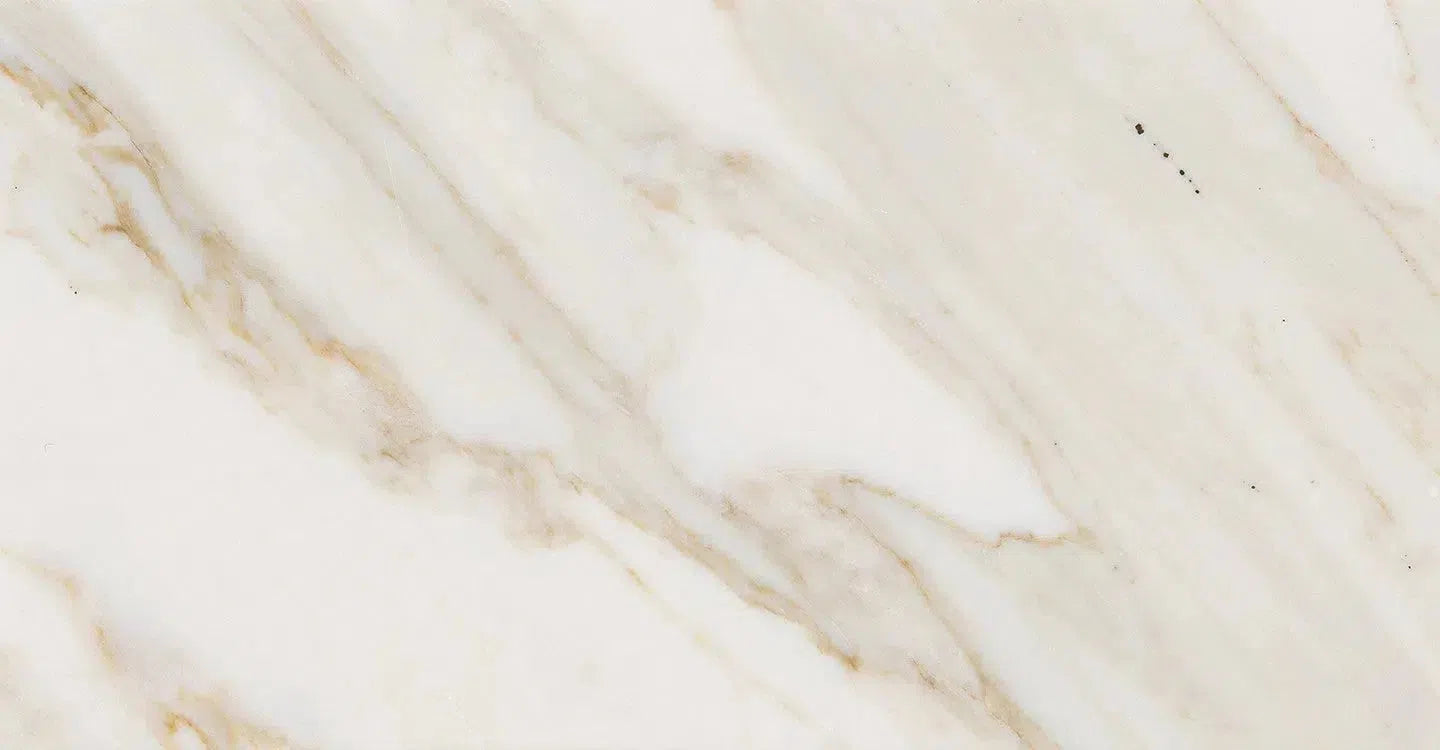 Calacatta Gold
Calacatta Gold Crema Marfil
Crema Marfil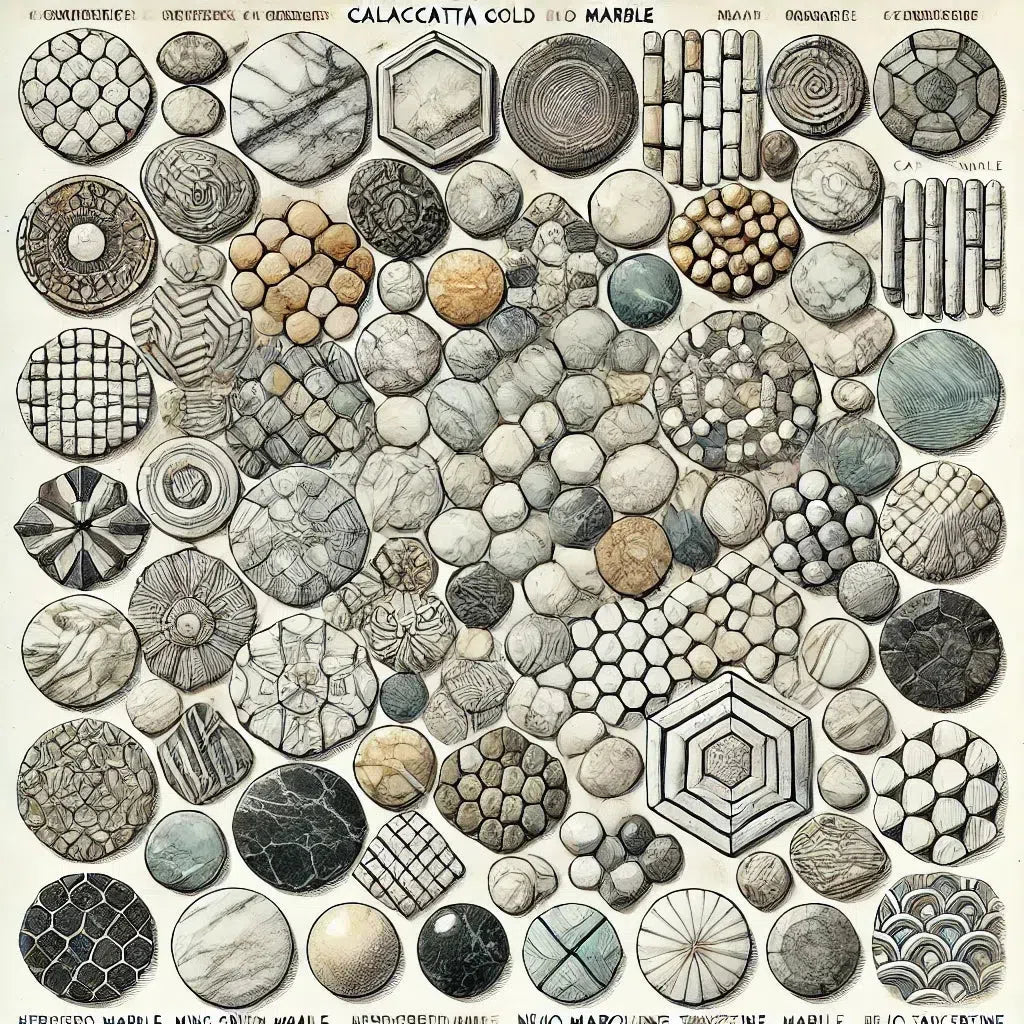 Custom Made Mosaic
Custom Made Mosaic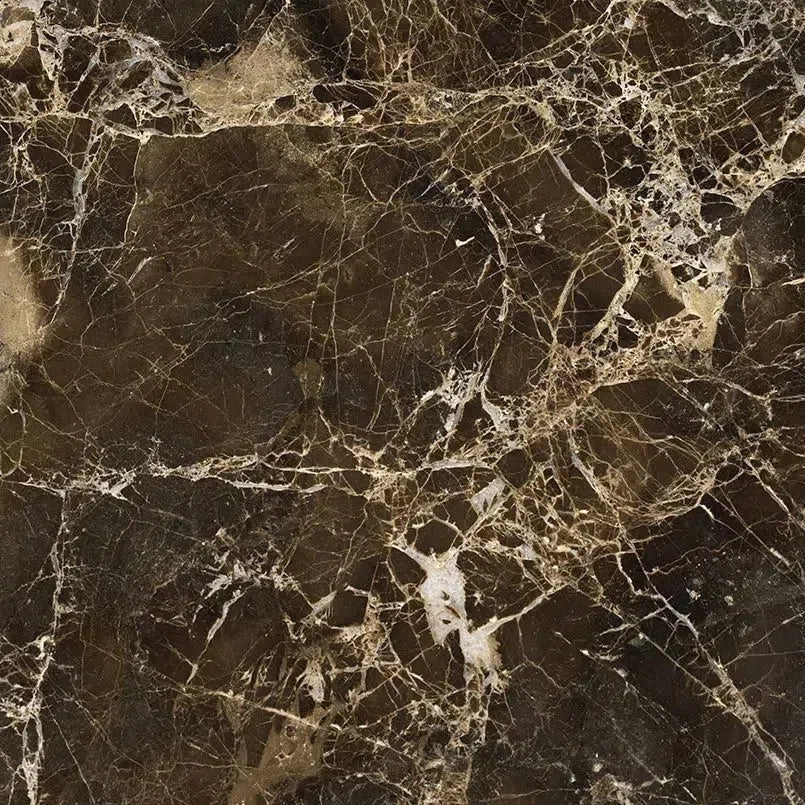 Emperador Dark
Emperador Dark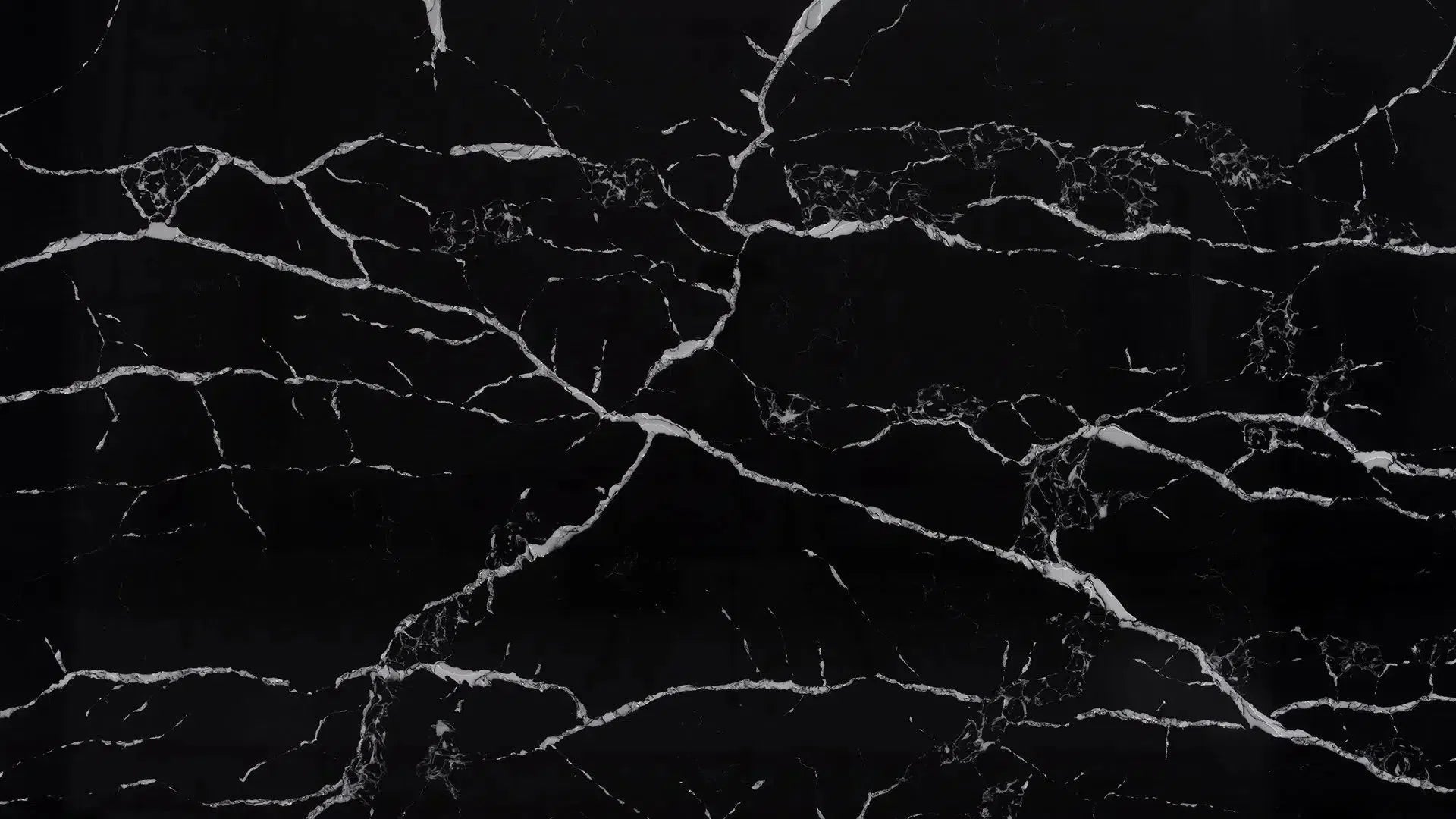 Nero Marquina
Nero Marquina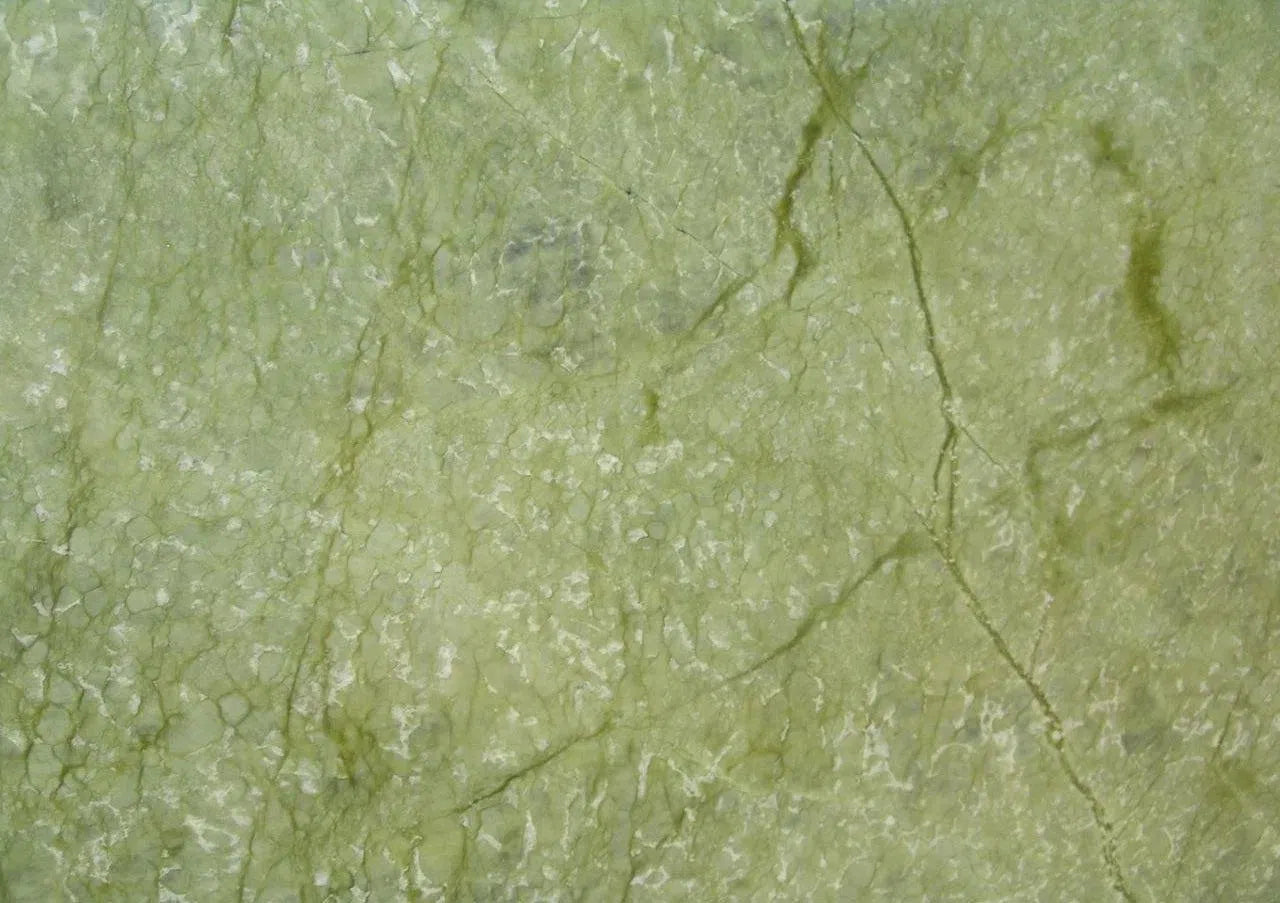 Ming Green Marble
Ming Green Marble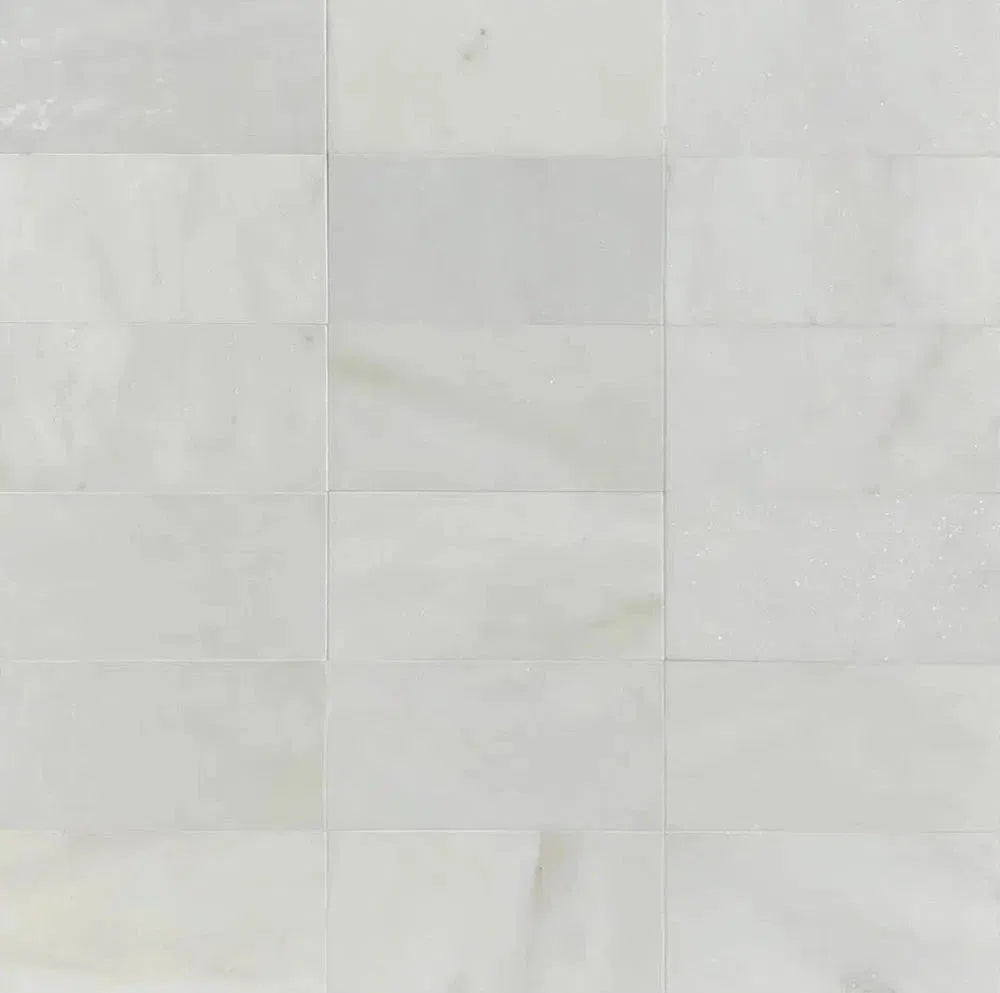 Oriental White Marble (Asian Statuary Marble)
Oriental White Marble (Asian Statuary Marble)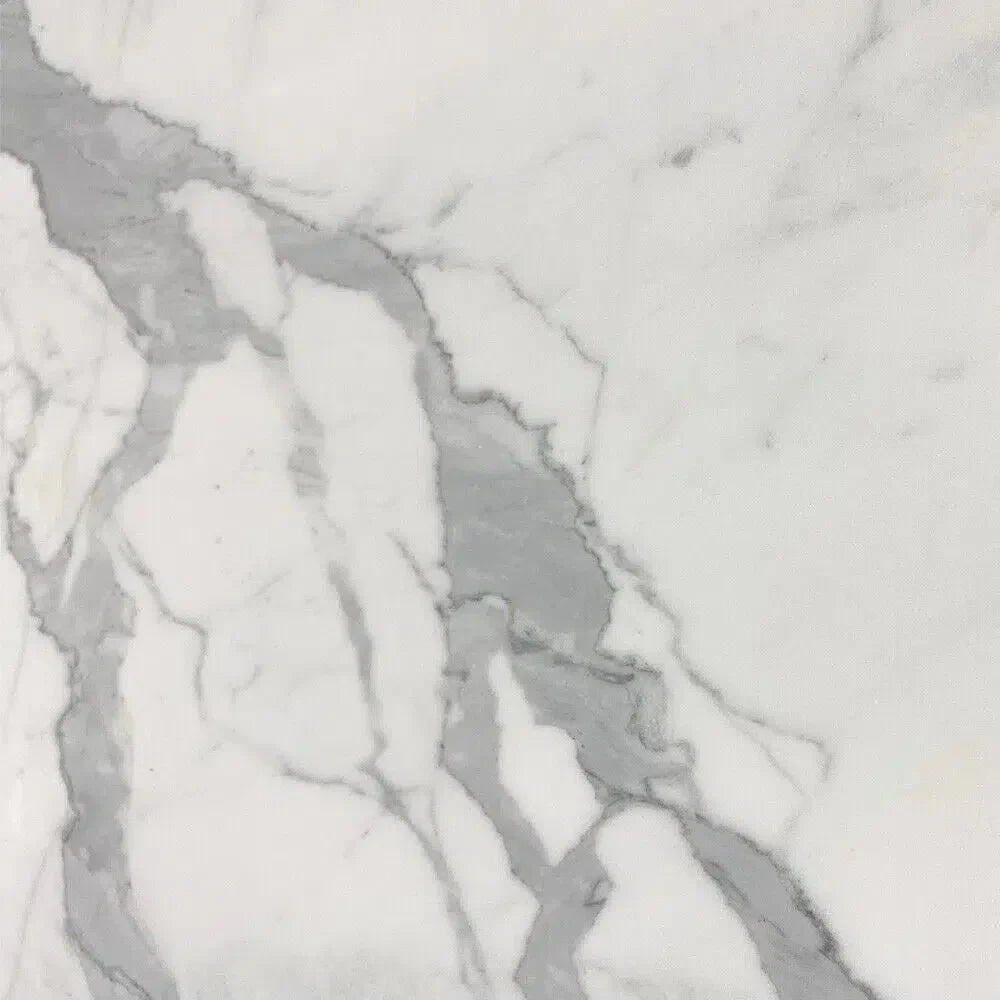 Statuary - Statuario White (Italian) Marble
Statuary - Statuario White (Italian) Marble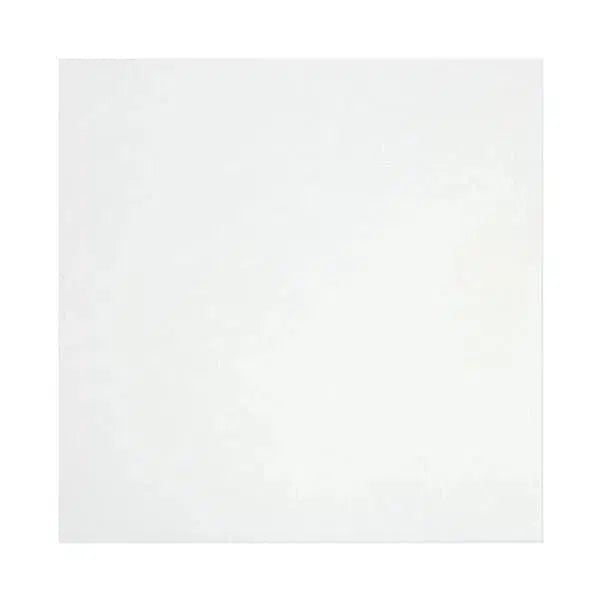 Thassos White
Thassos White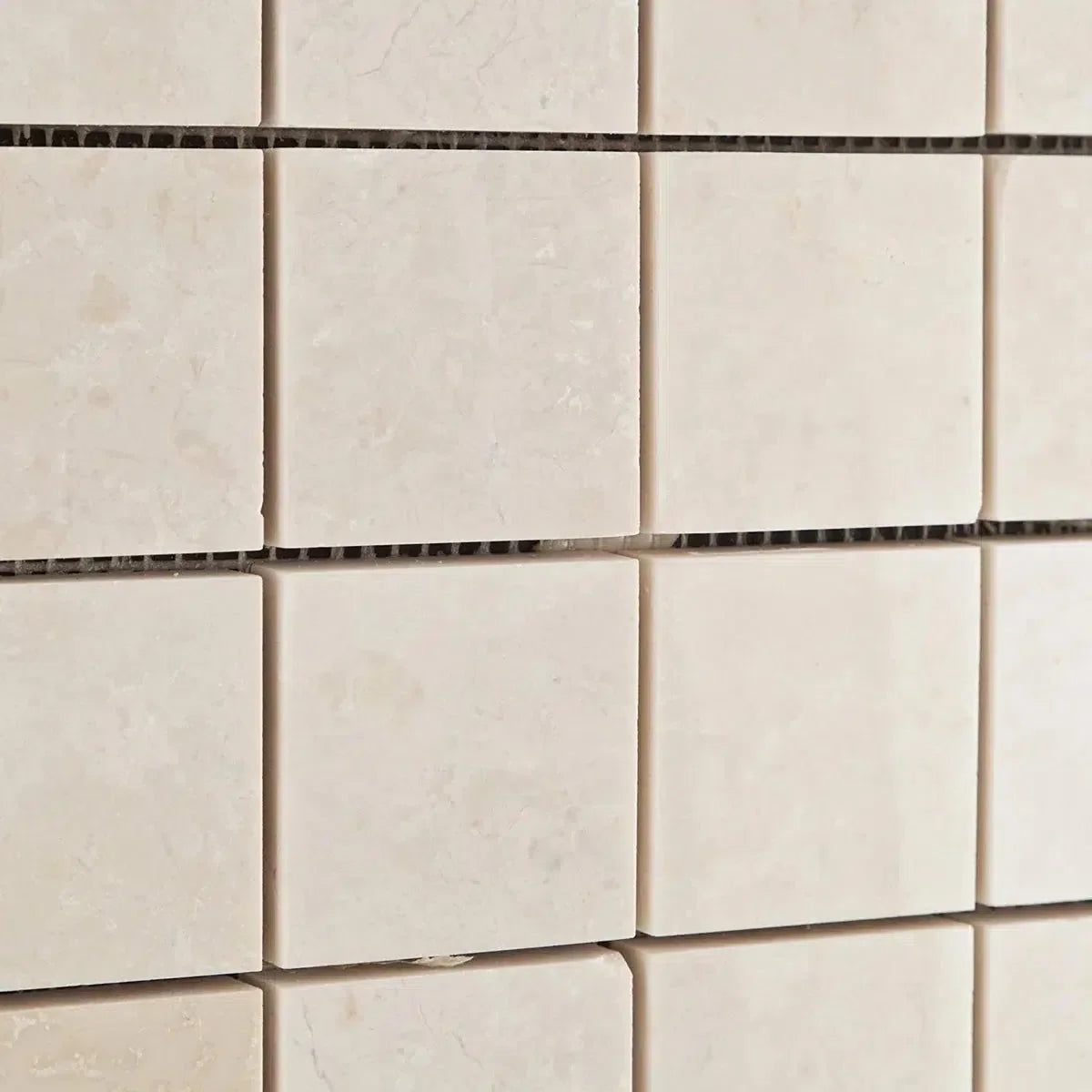 White Pearl/Botticino Beige Marble
White Pearl/Botticino Beige Marble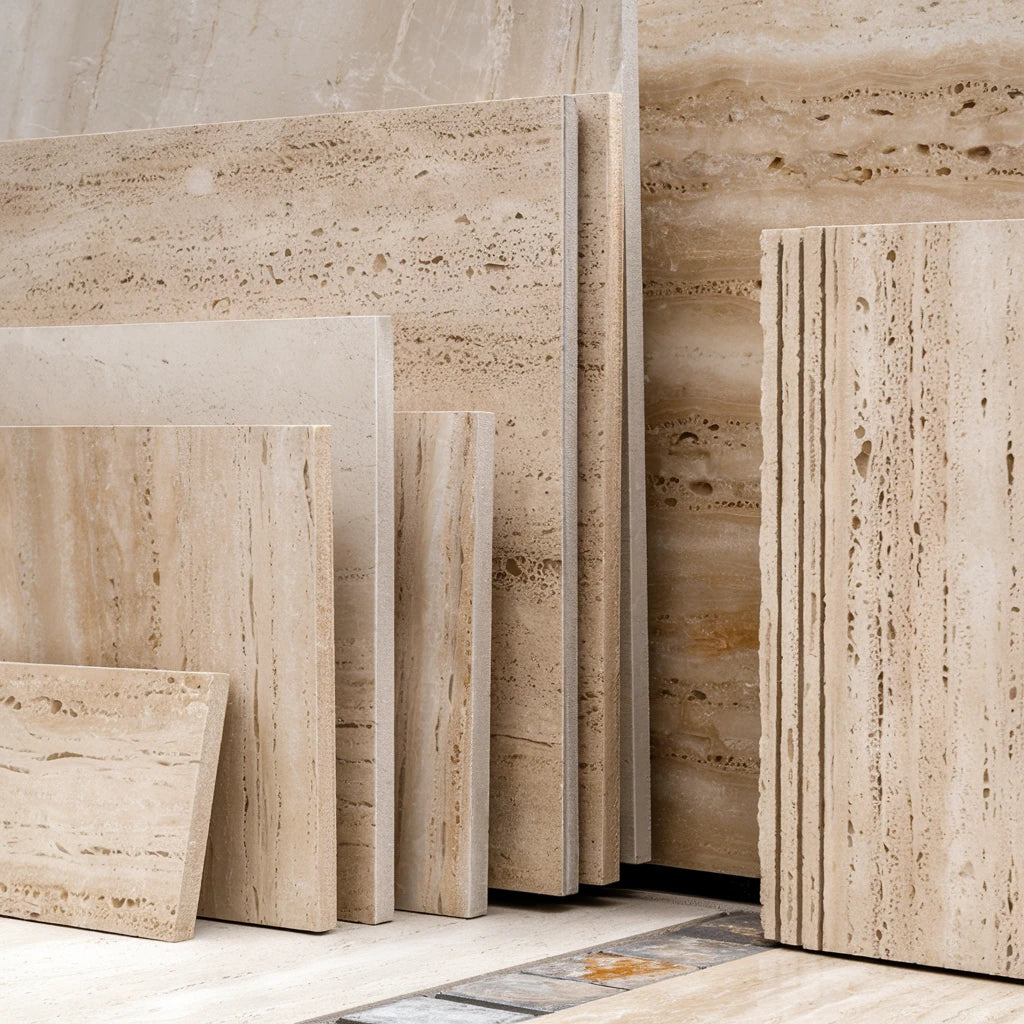 Best Selling Travertine Collections
Best Selling Travertine Collections
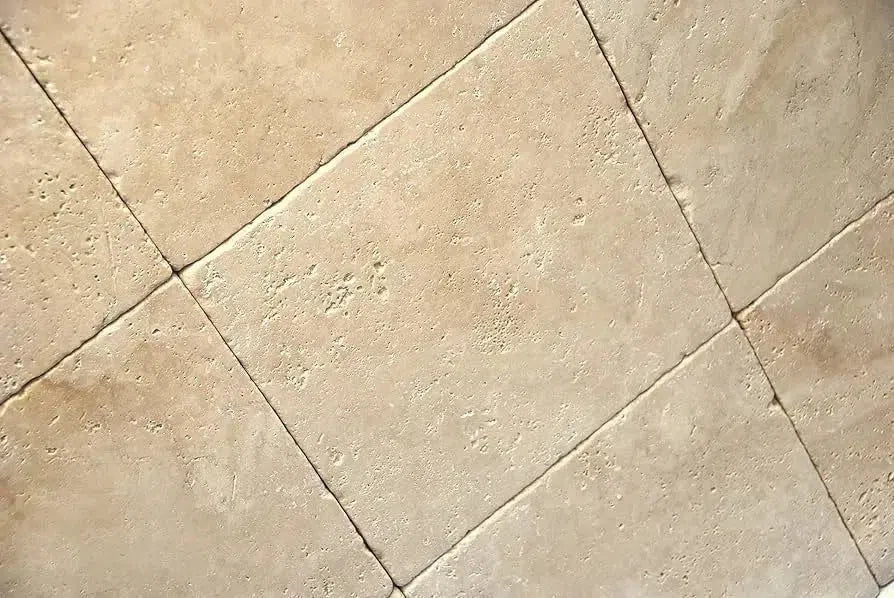 Ivory Travertine
Ivory Travertine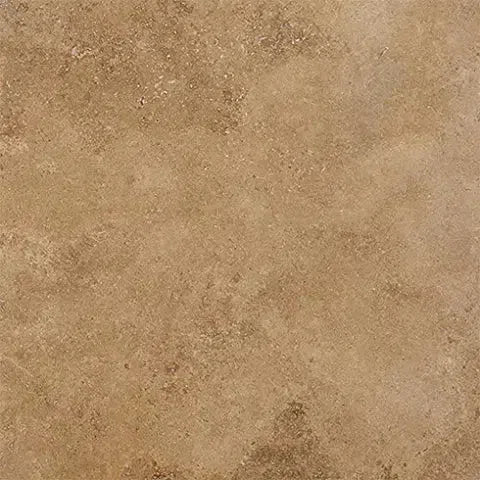 Noce Travertine
Noce Travertine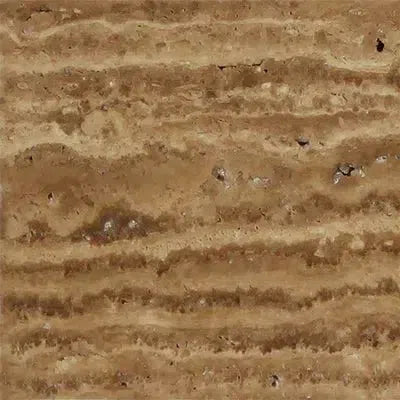 Exotic Noce Travertine
Exotic Noce Travertine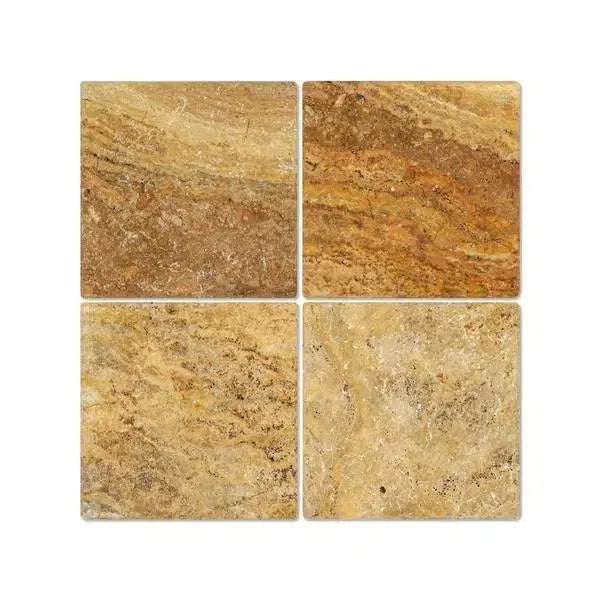 Scabos | Autumn Leaves Travertine
Scabos | Autumn Leaves Travertine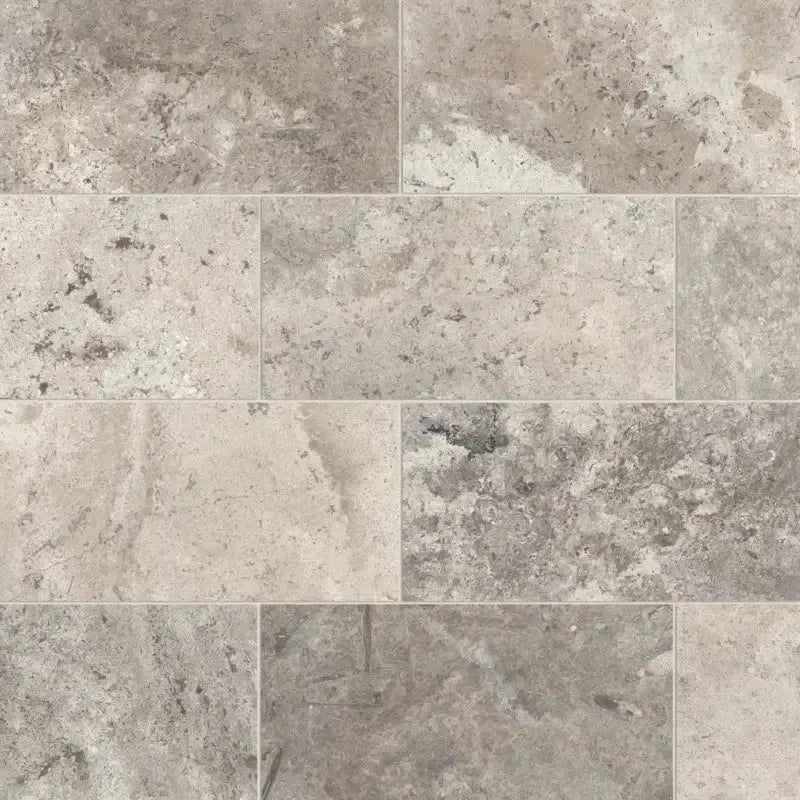 Silver Travertine
Silver Travertine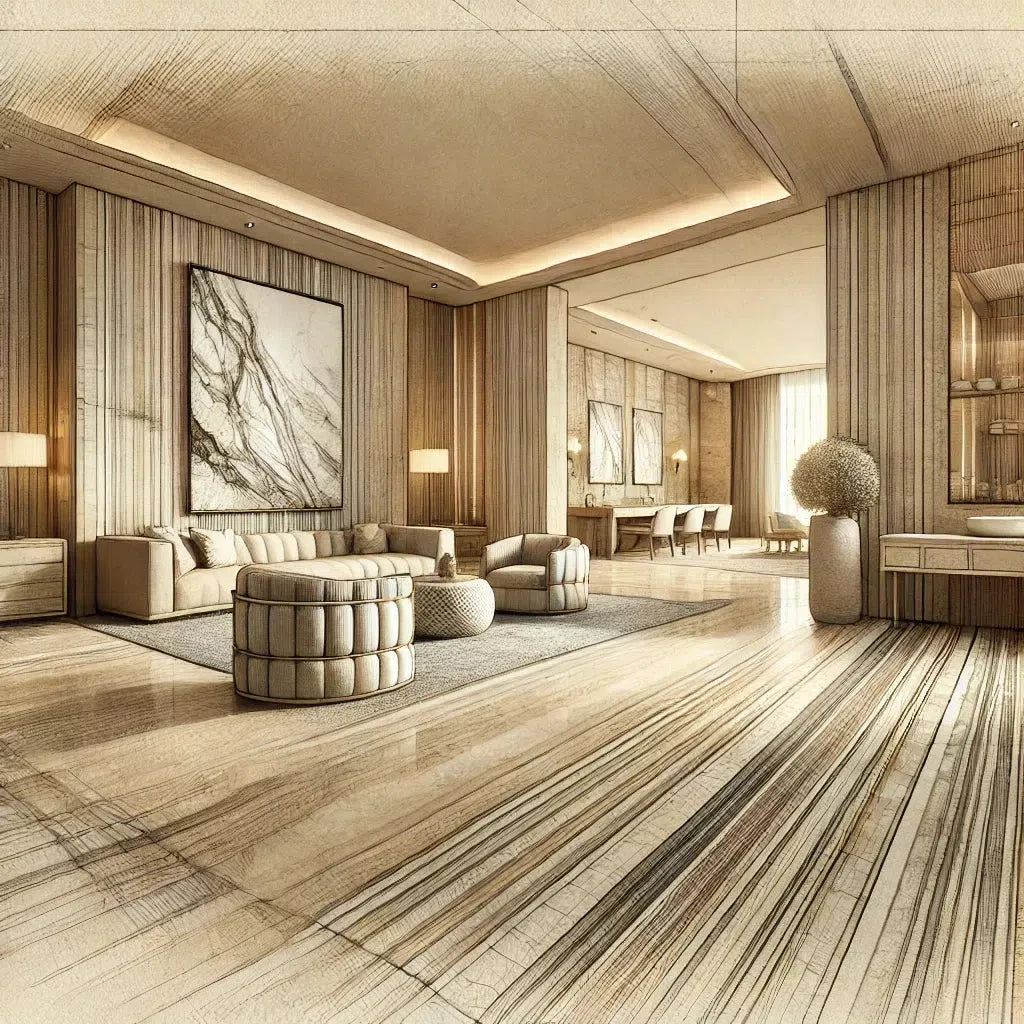 Exotic Travertine
Exotic Travertine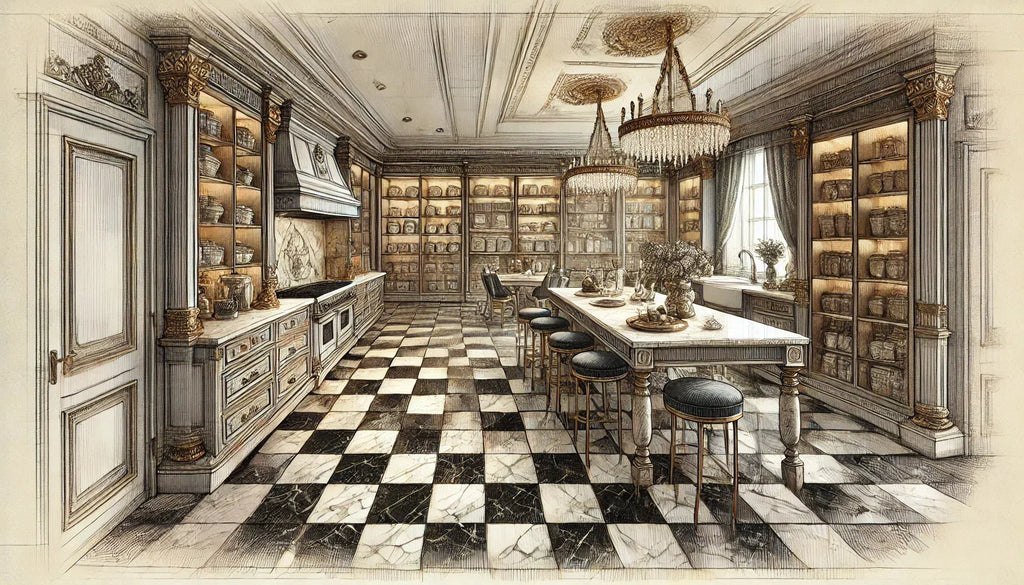 Checkerboard
Checkerboard
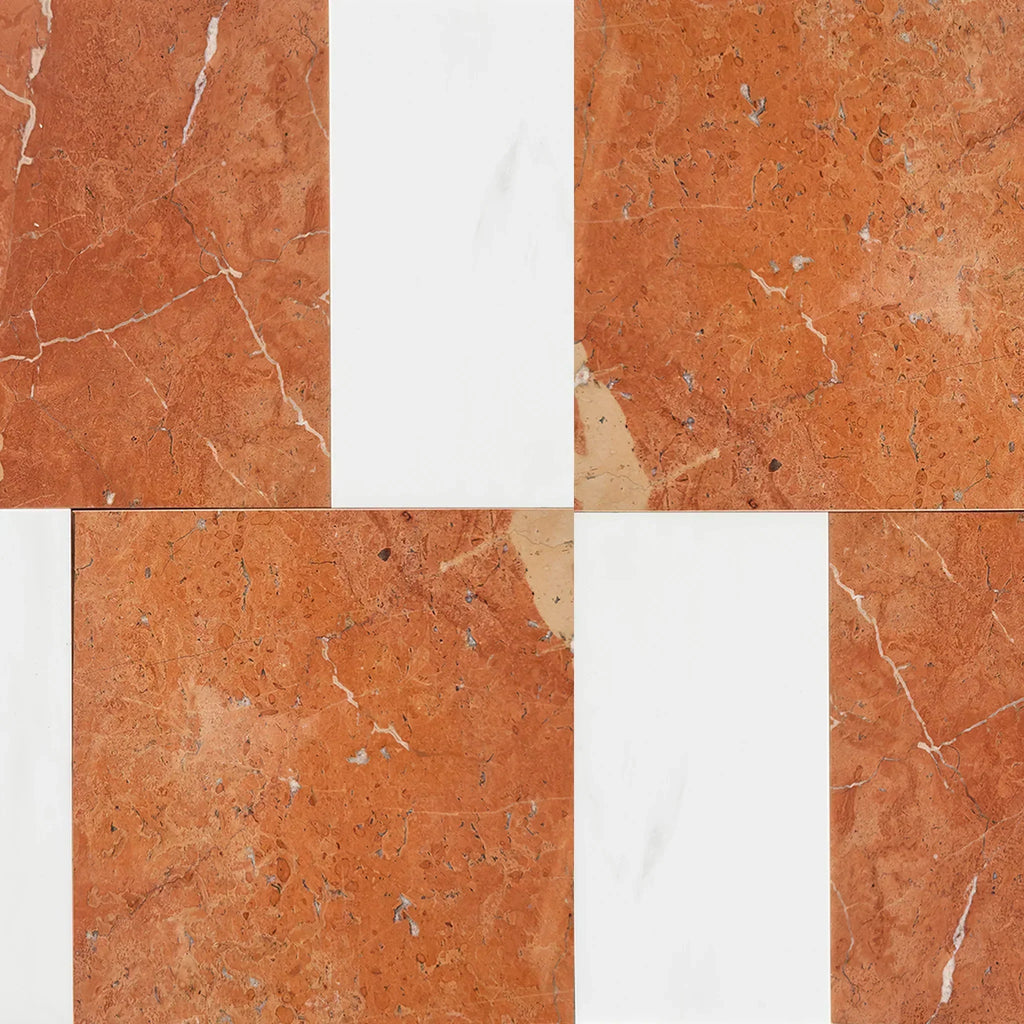 Patterned Tile
Patterned Tile
 Shop By Material
Shop By Material
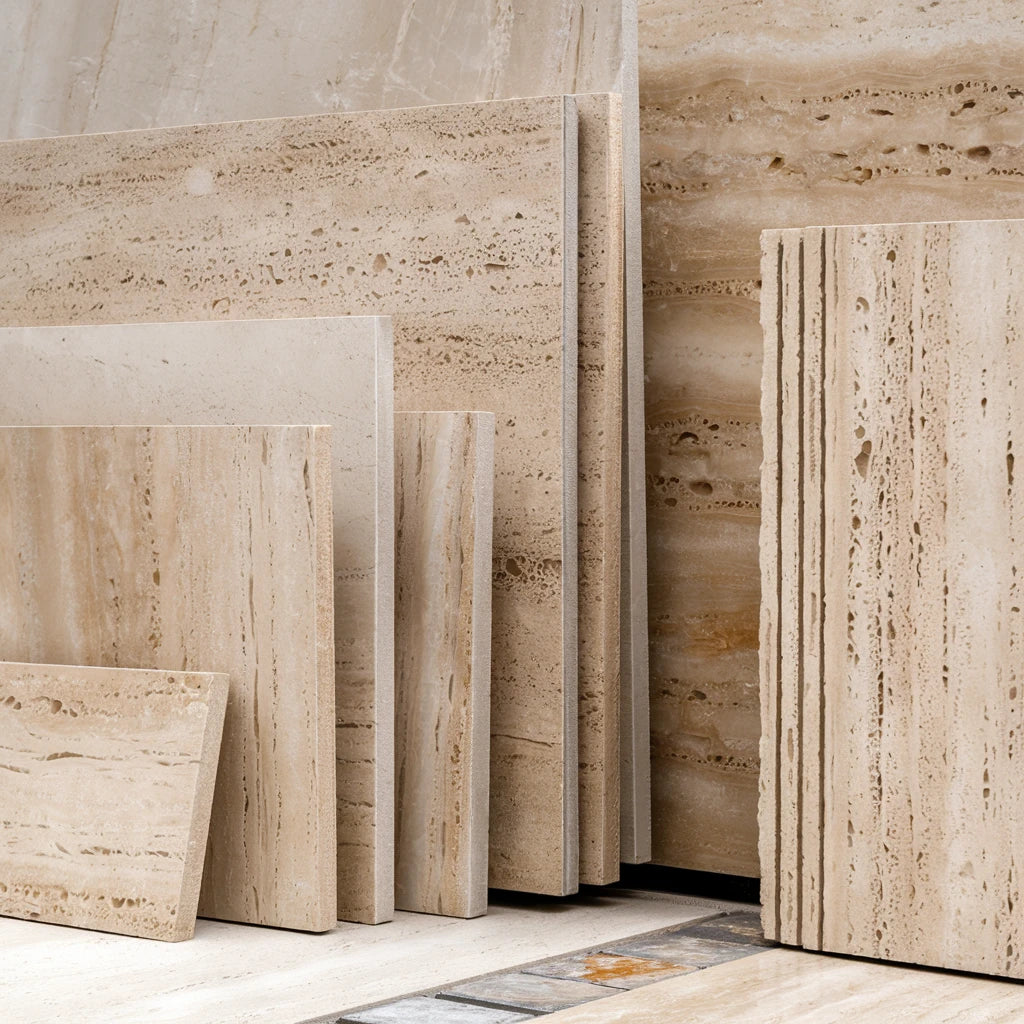 Travertine
Travertine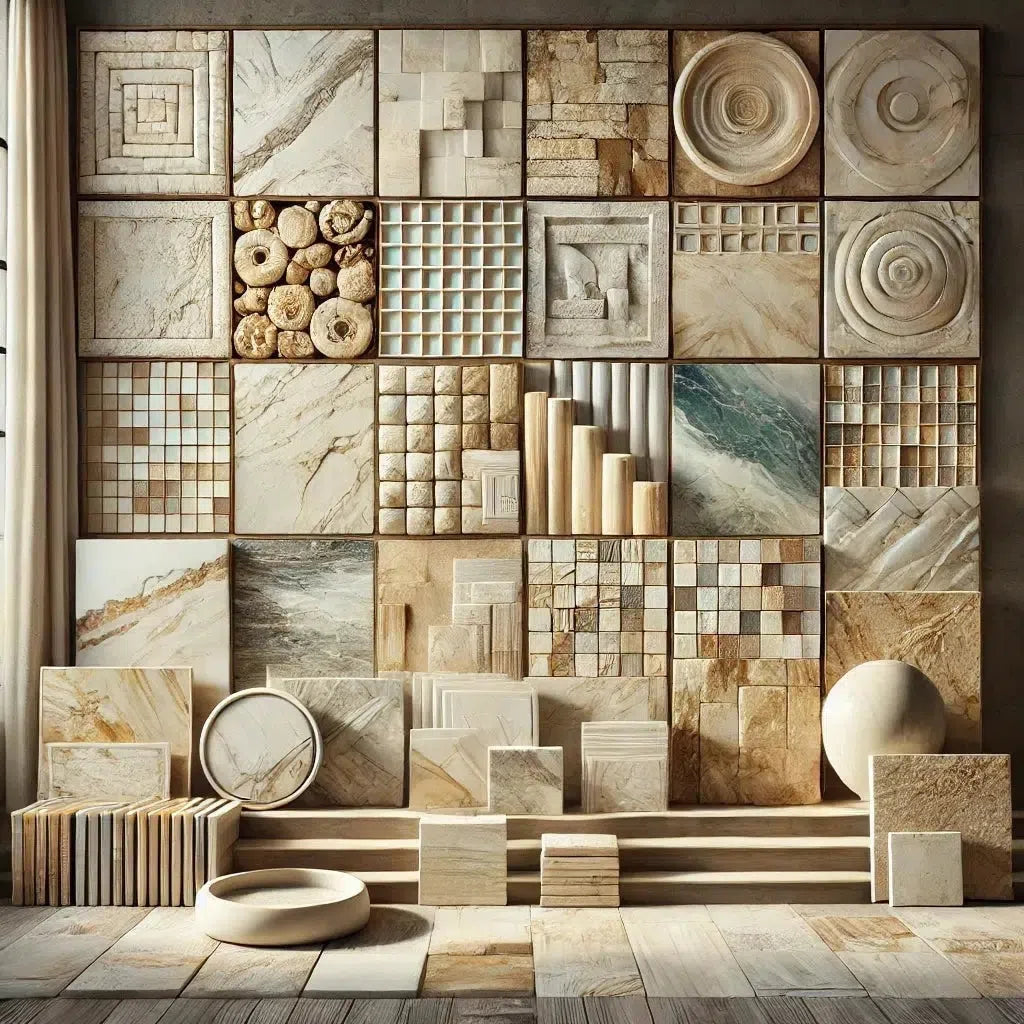 Marble
Marble Limestone
Limestone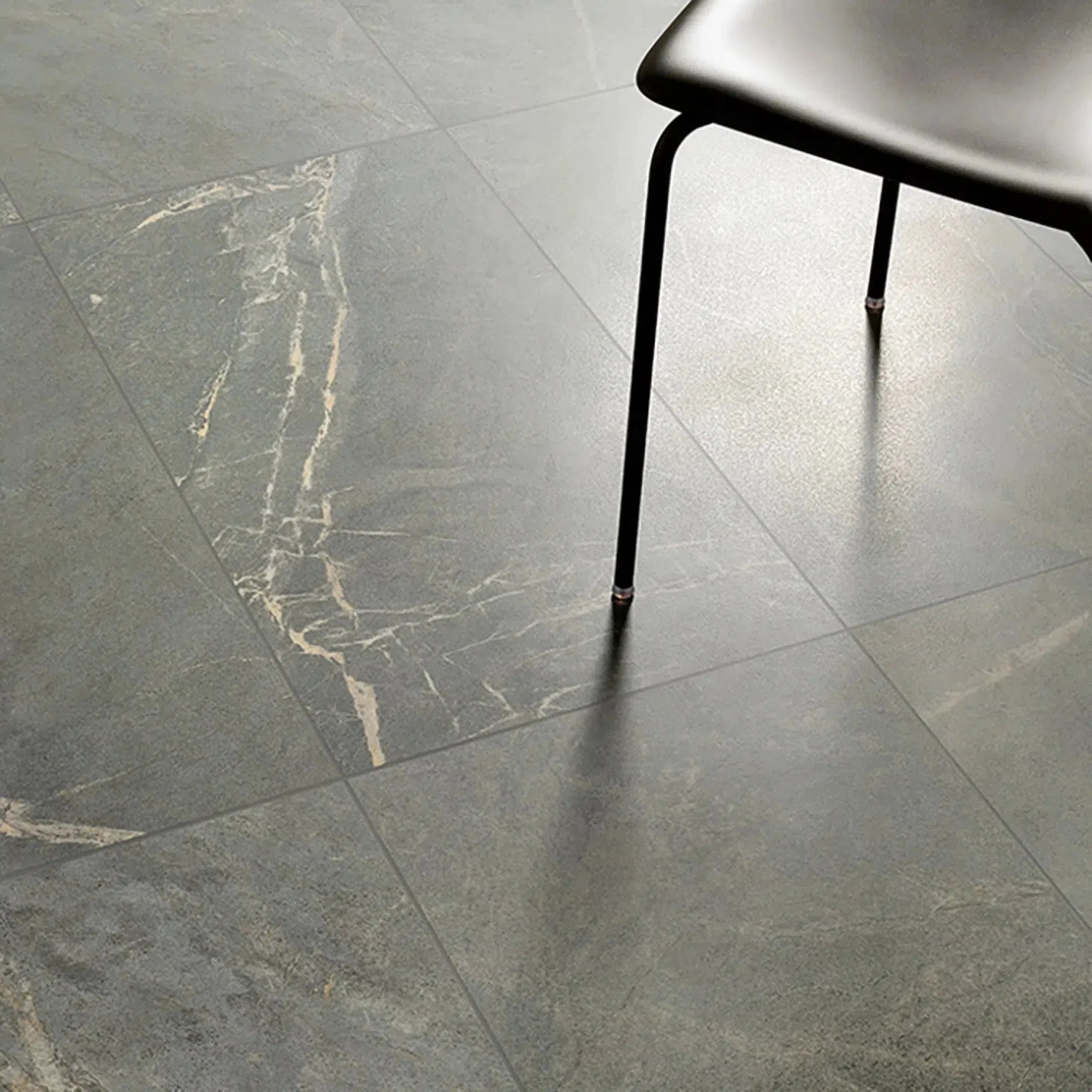 Soap Stone
Soap Stone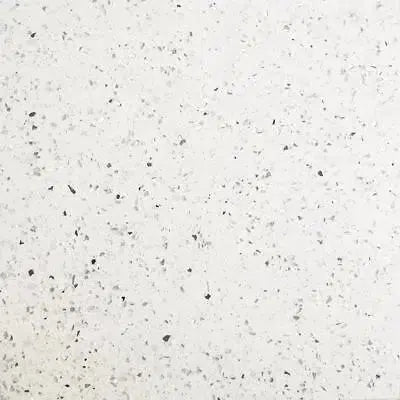 Quartz
Quartz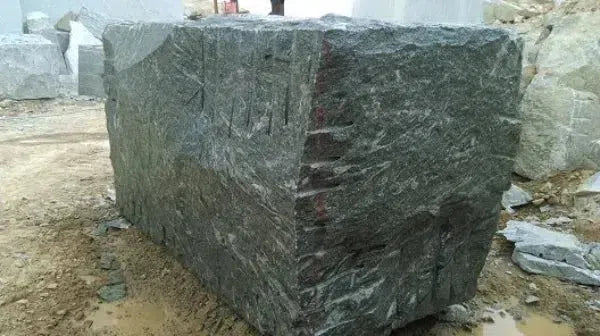 Granite
Granite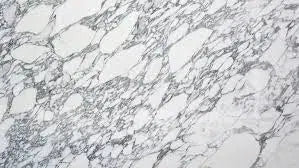 Shop By Name
Shop By Name
 Absolute Black Granite
Absolute Black Granite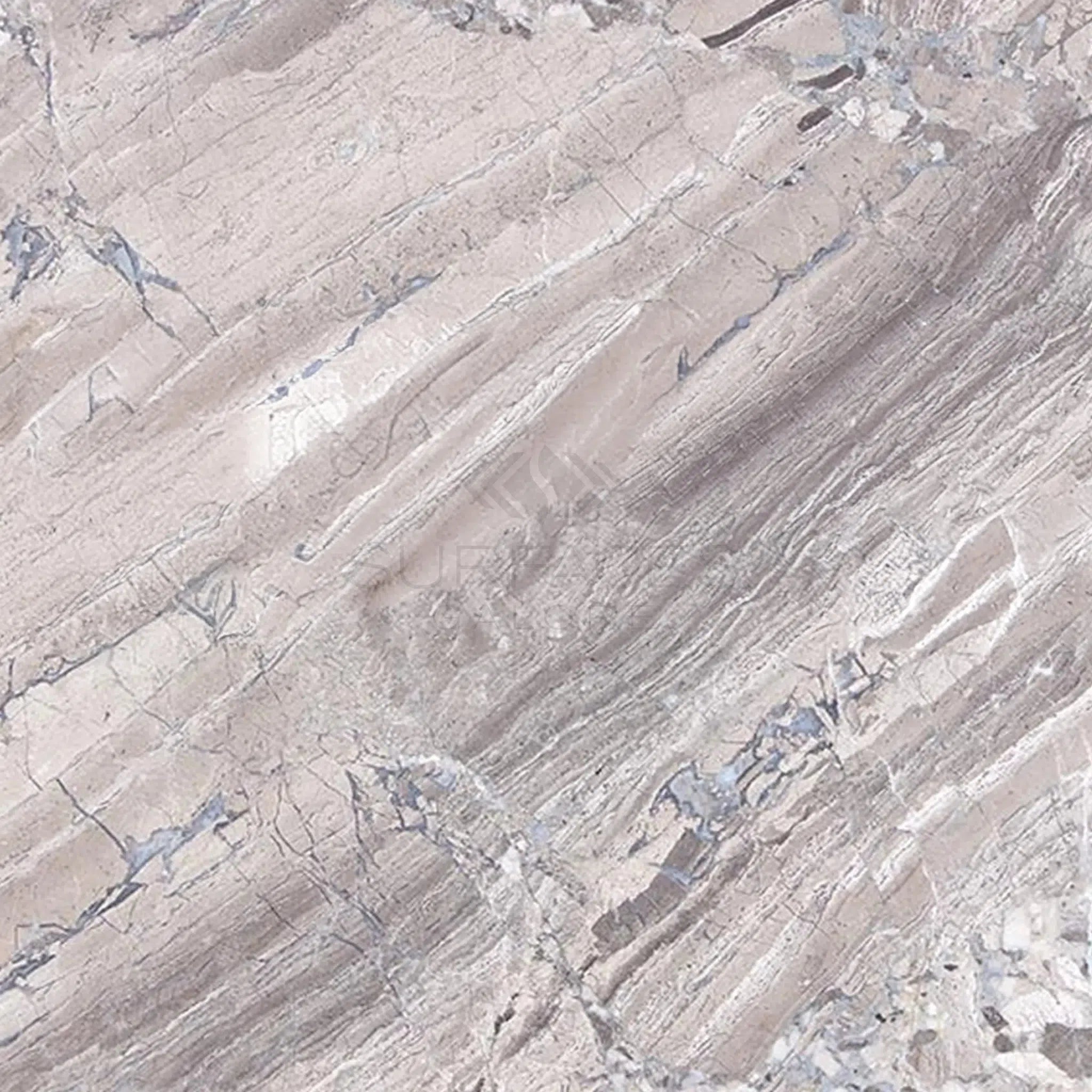 Atlantic Gray Marble
Atlantic Gray Marble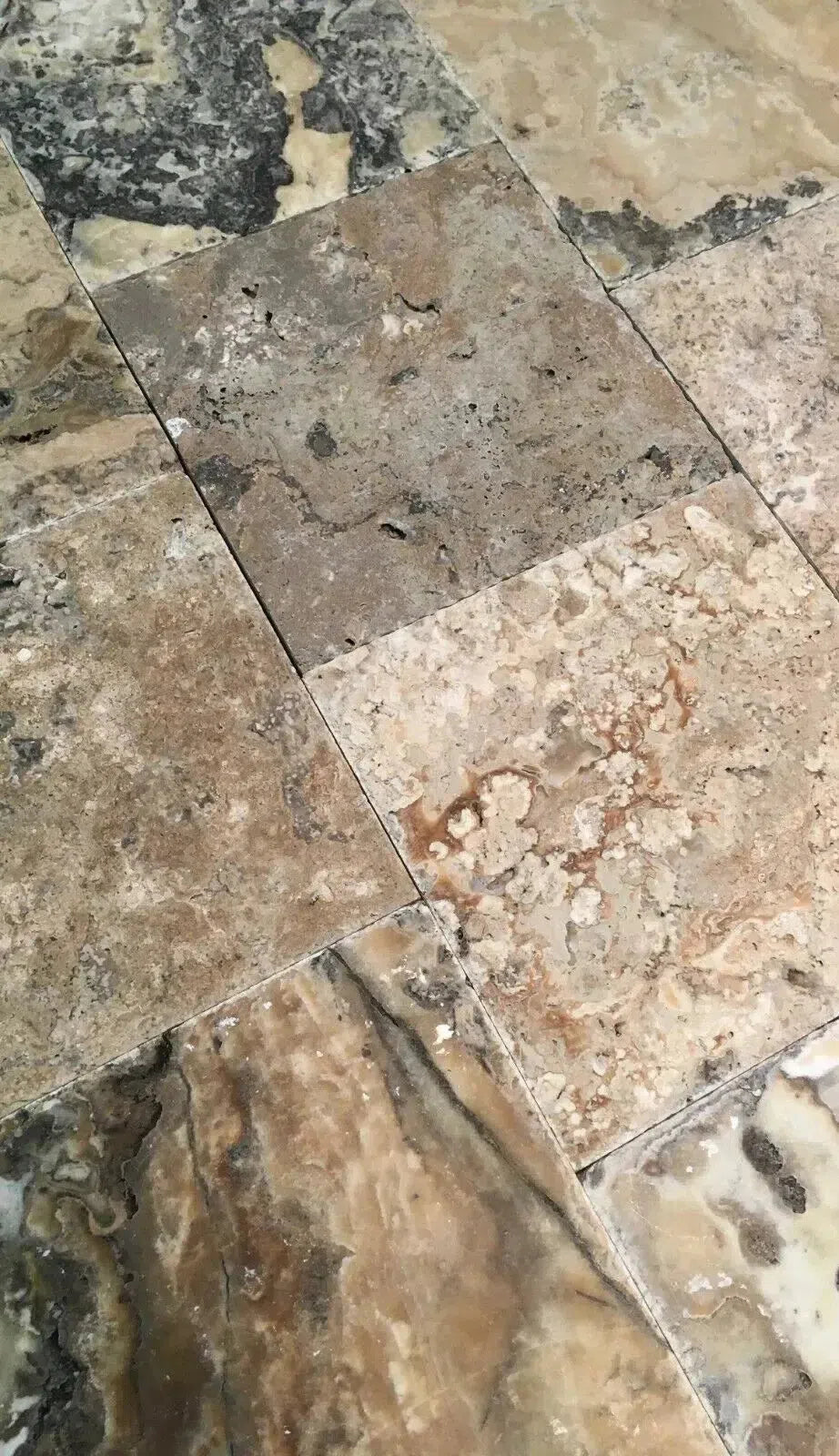 Antico Onyx Travertine
Antico Onyx Travertine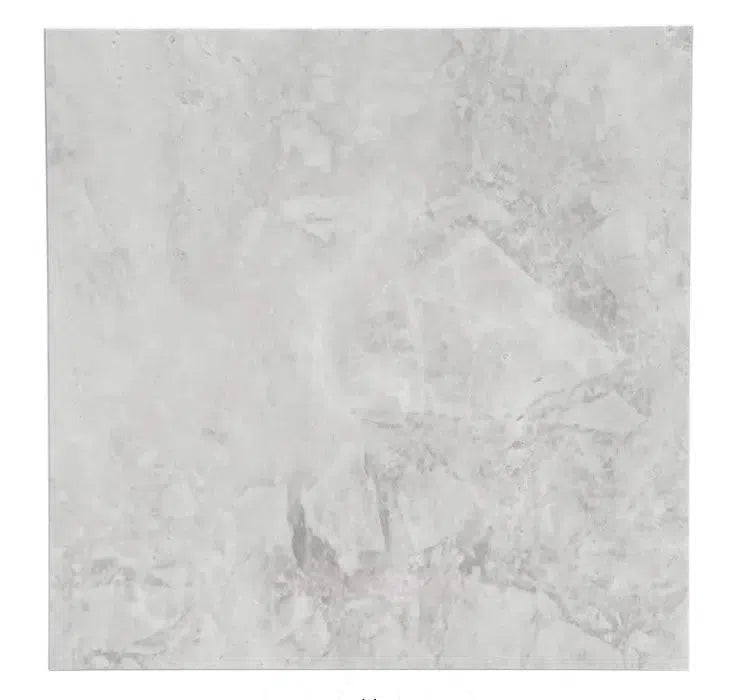 Bianco Congelato Dolomite
Bianco Congelato Dolomite Bianco Venatino (Bianco Mare) Marble
Bianco Venatino (Bianco Mare) Marble Burgundy Mocha Marble
Burgundy Mocha Marble Calacatta Verde Royale Marble
Calacatta Verde Royale Marble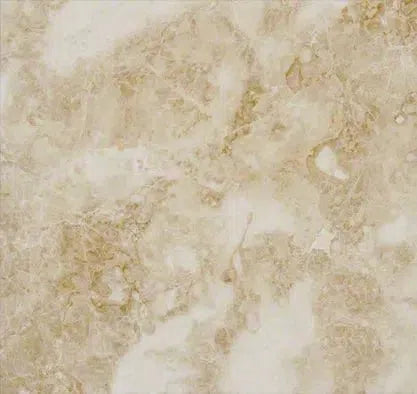 Cappuccino Marble
Cappuccino Marble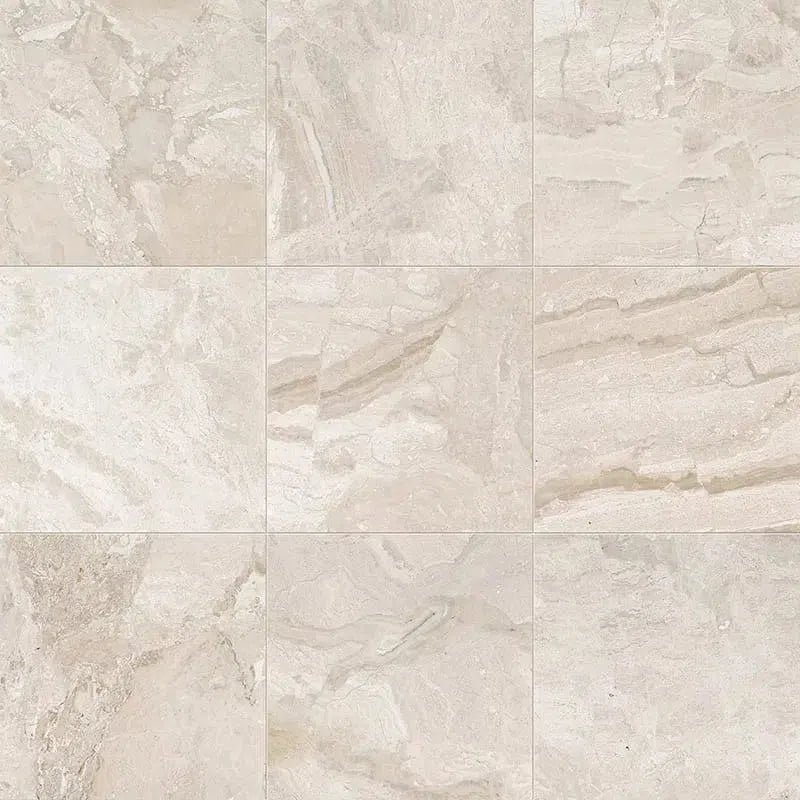 Diano Royal (Queen Beige) Marble
Diano Royal (Queen Beige) Marble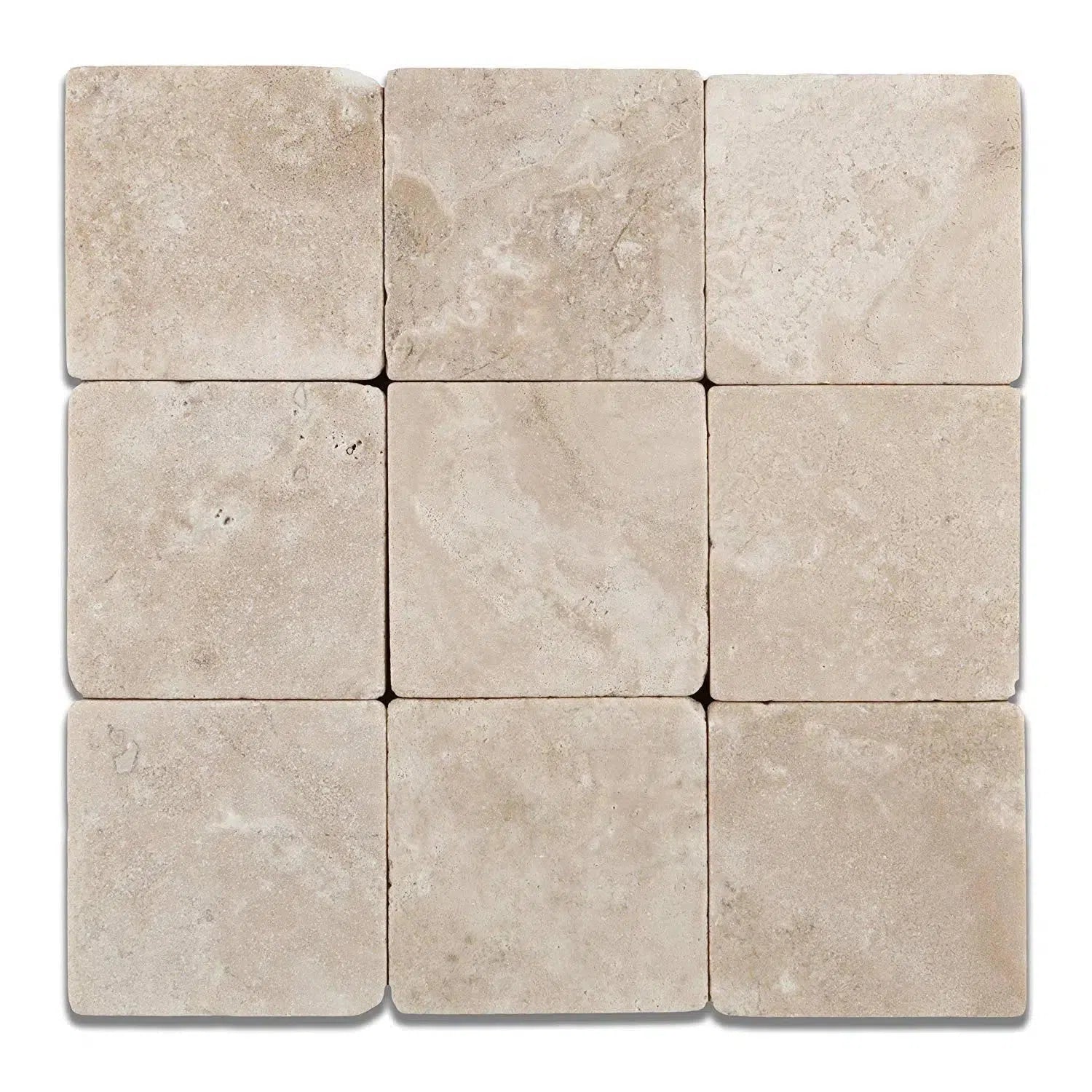 Durango Cream Traverine
Durango Cream Traverine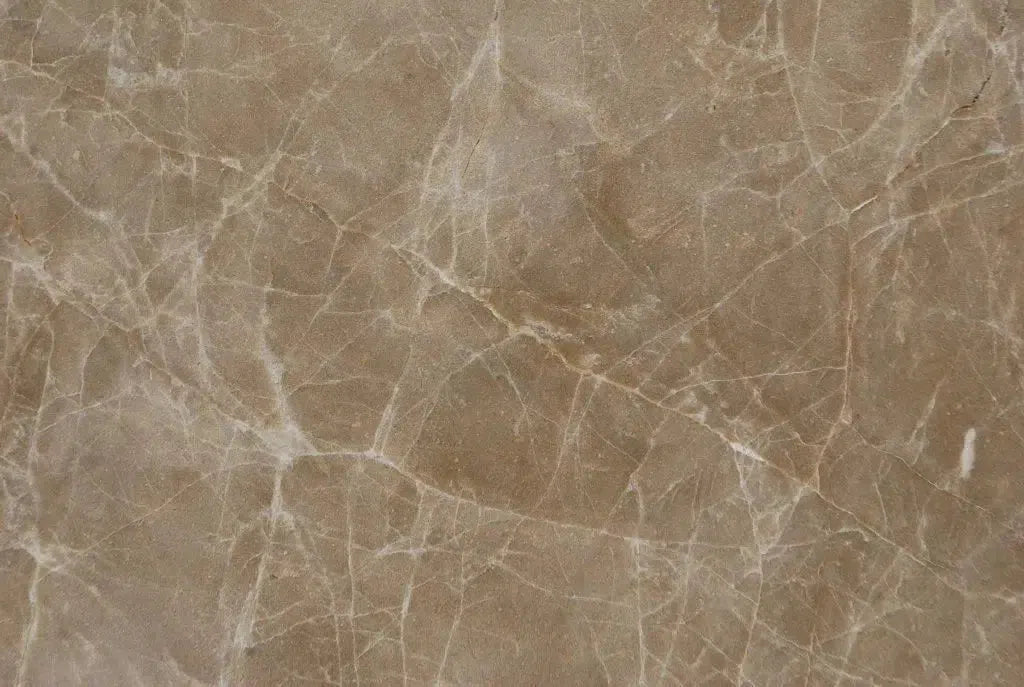 Emperador Light Marble
Emperador Light Marble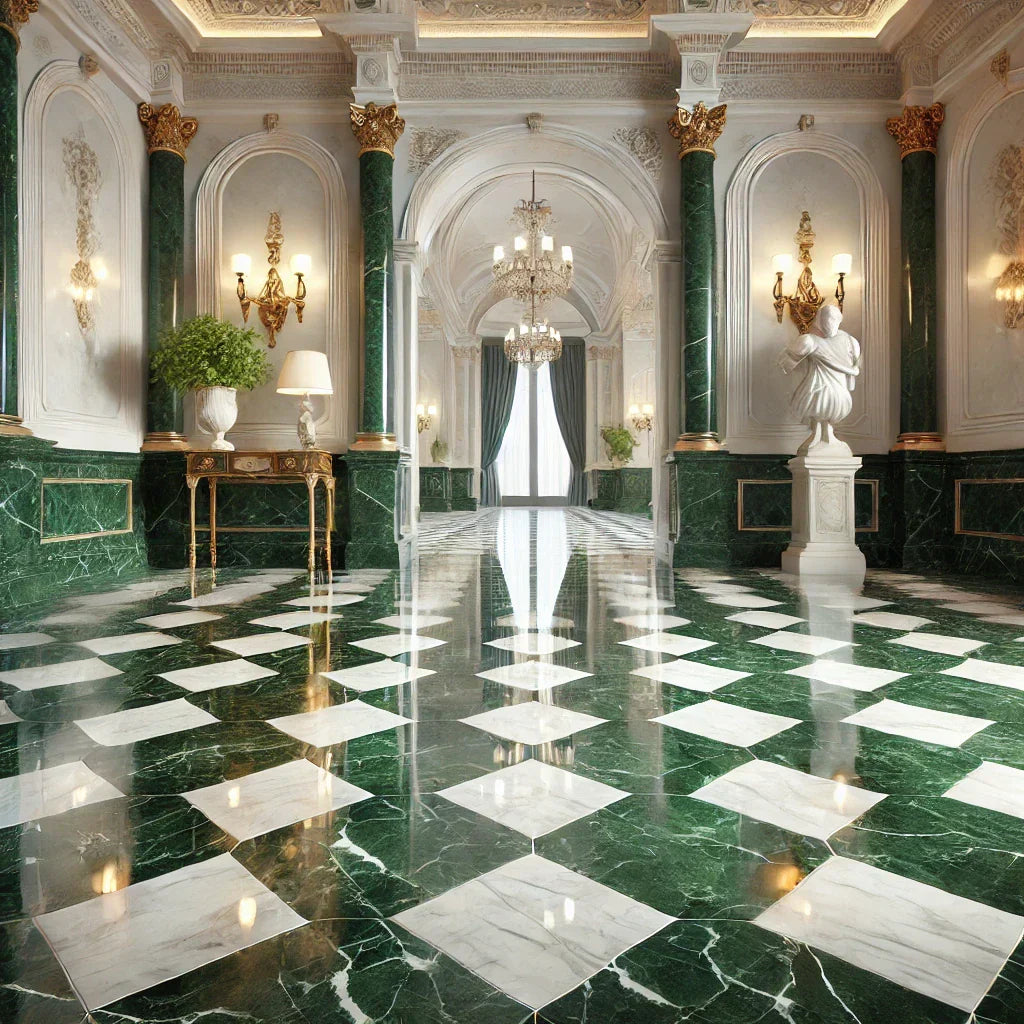 Empress Green Marble
Empress Green Marble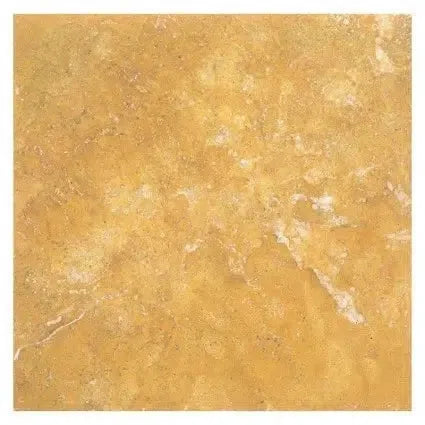 Gold/Yellow Travertine
Gold/Yellow Travertine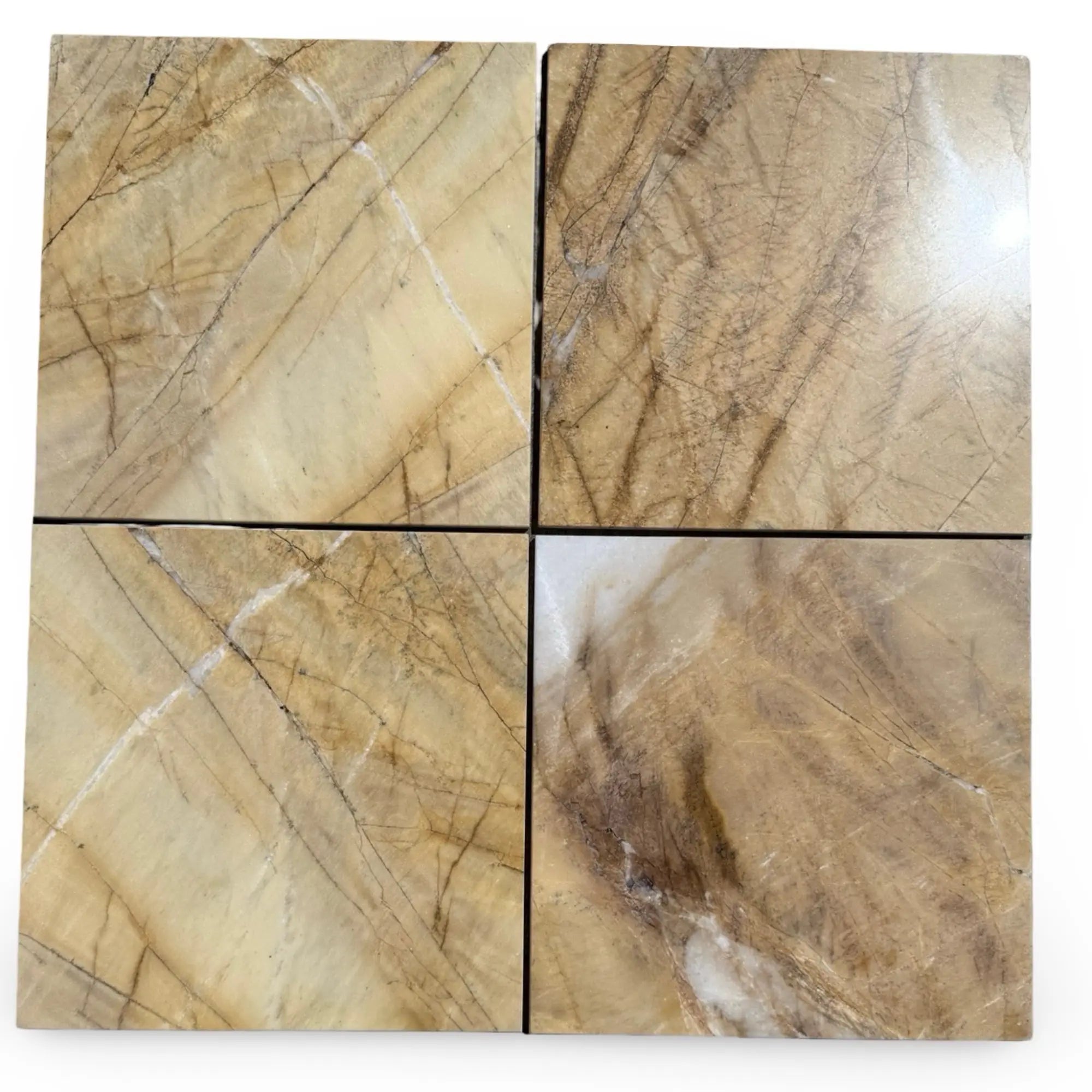 Golden Horizon Marble
Golden Horizon Marble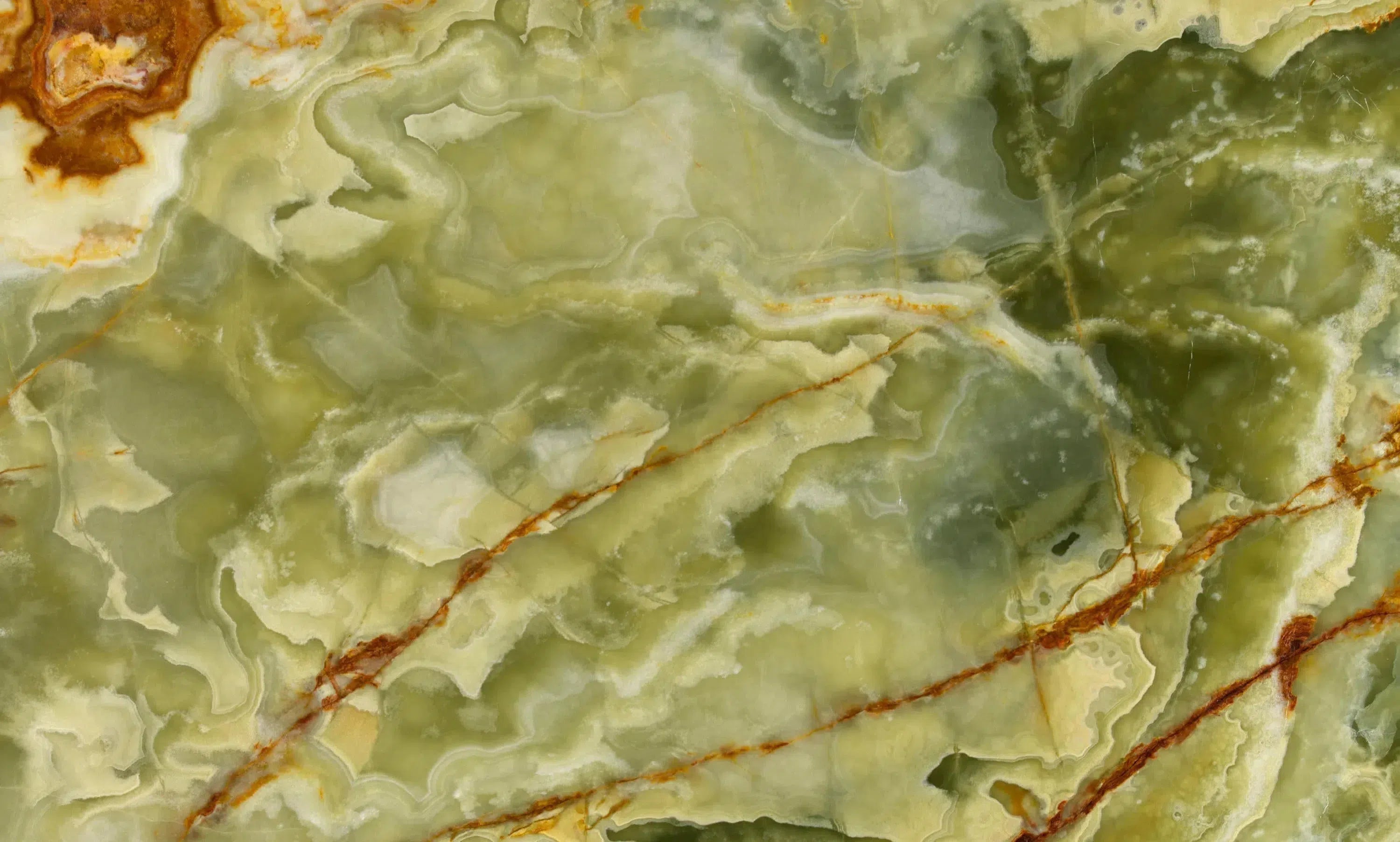 Green Onyx Marble
Green Onyx Marble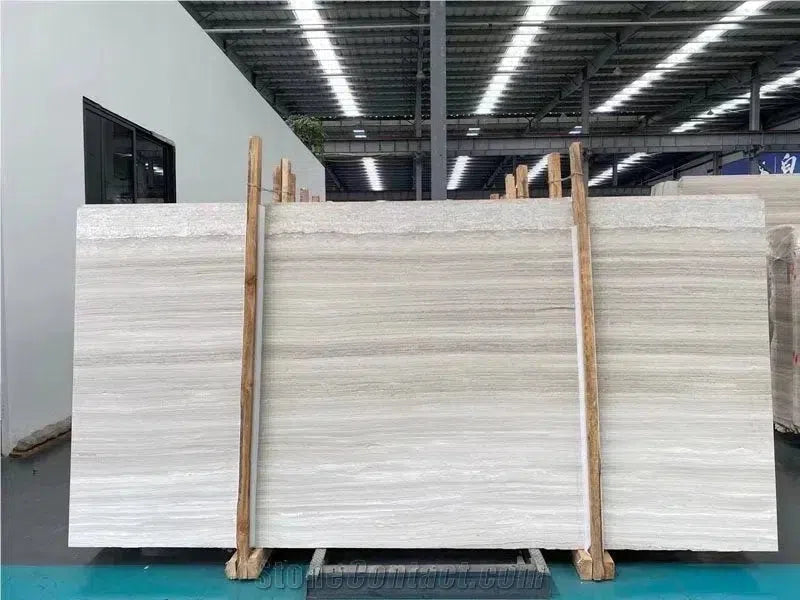 Haisa Light (White Wood) Limestone
Haisa Light (White Wood) Limestone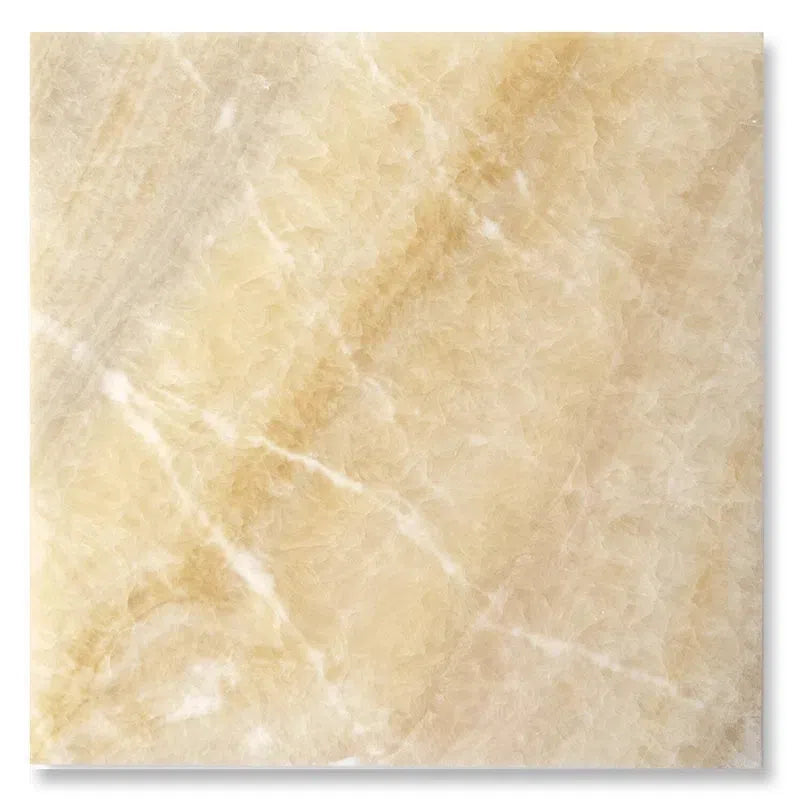 Honey Onyx Marble
Honey Onyx Marble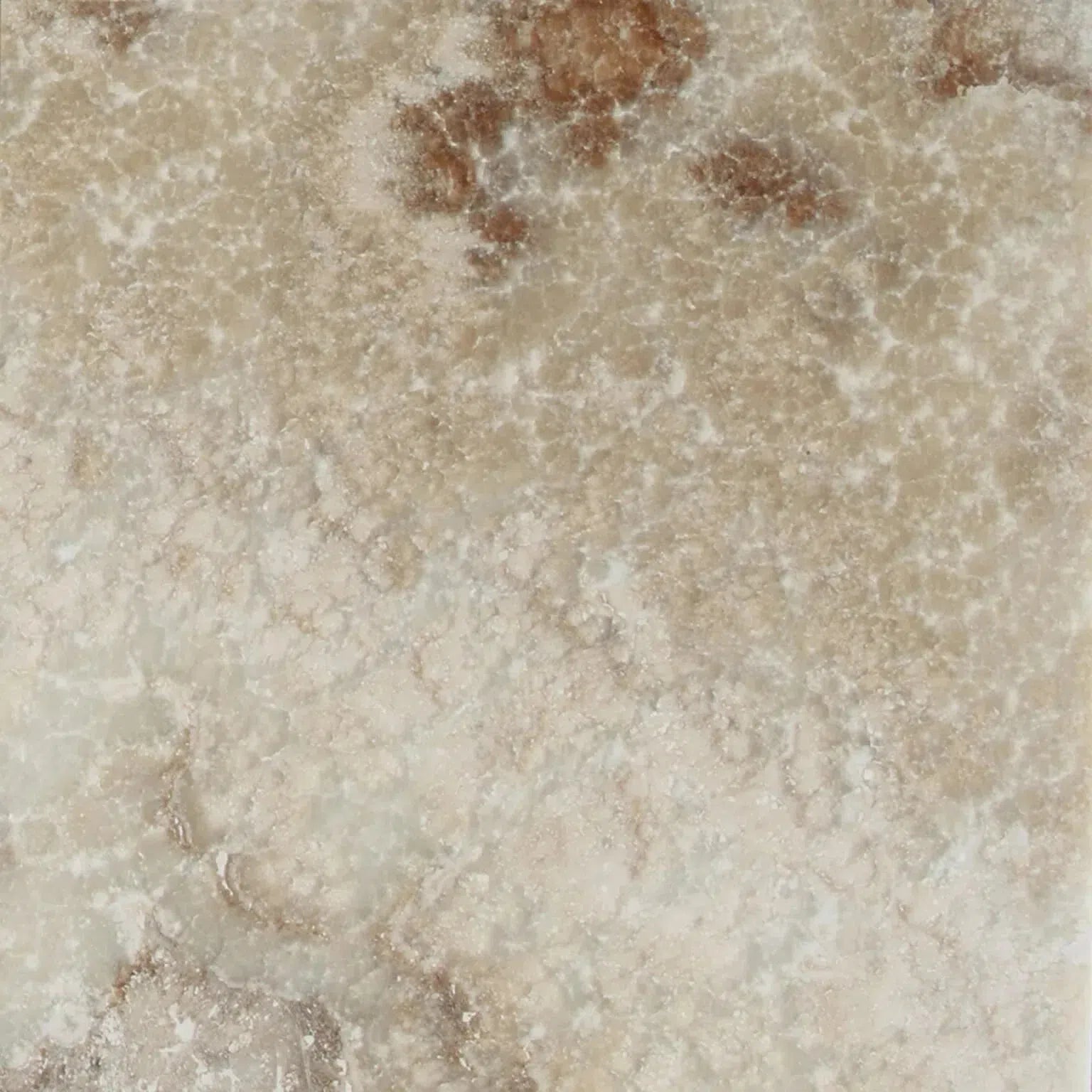 La Travonya Travertine
La Travonya Travertine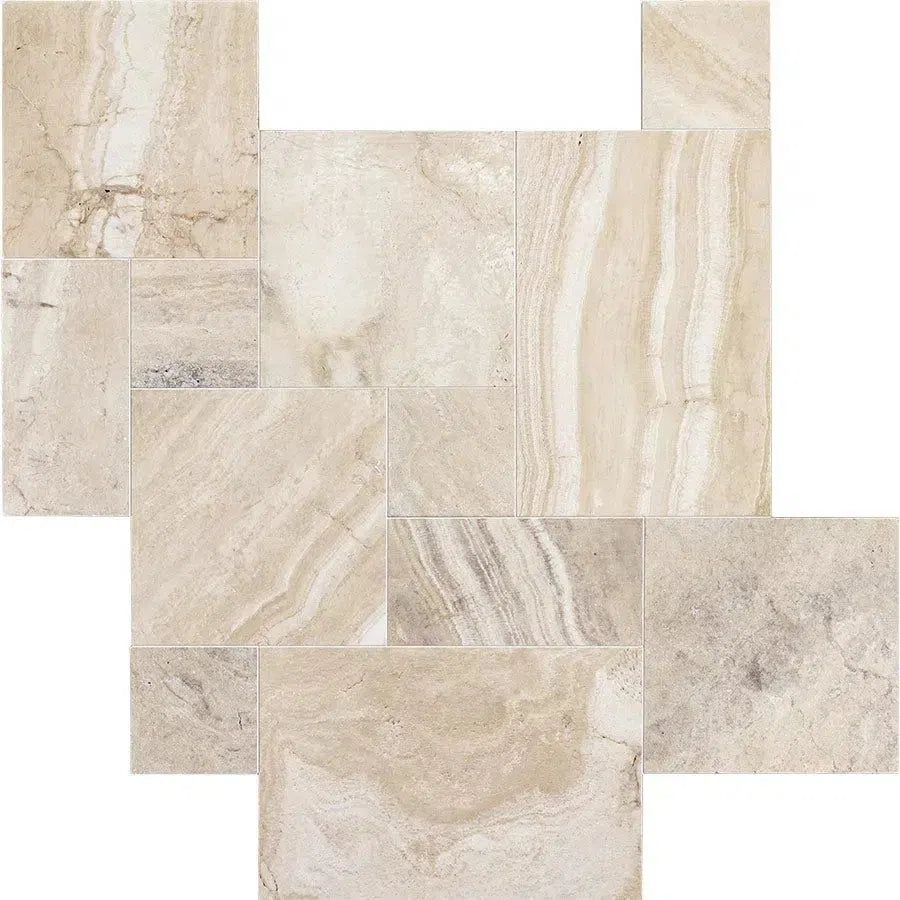 Malibu Travertine
Malibu Travertine Mink (Equator) Marble
Mink (Equator) Marble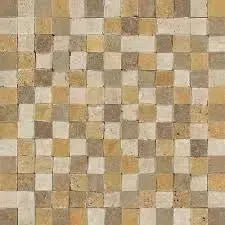 Mixed (Ivory-Noce-Gold) Travertine
Mixed (Ivory-Noce-Gold) Travertine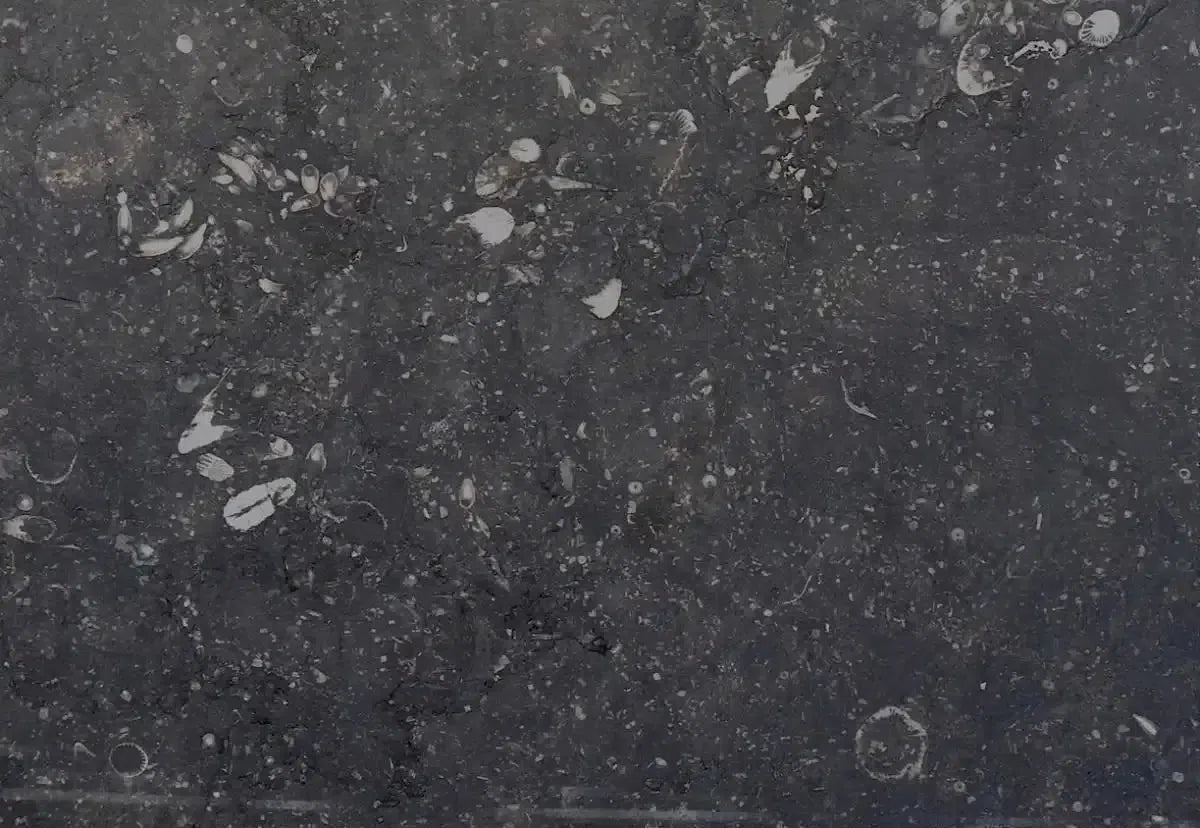 Pierre Bleue (Pierre Blue) Marble
Pierre Bleue (Pierre Blue) Marble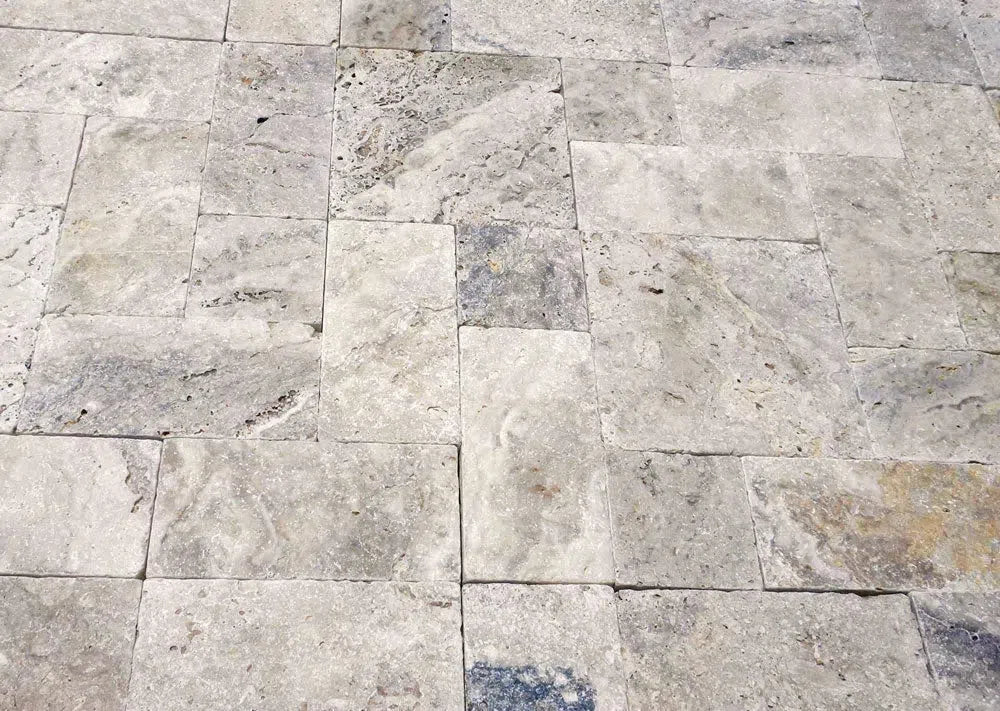 Philadelphia Travertine
Philadelphia Travertine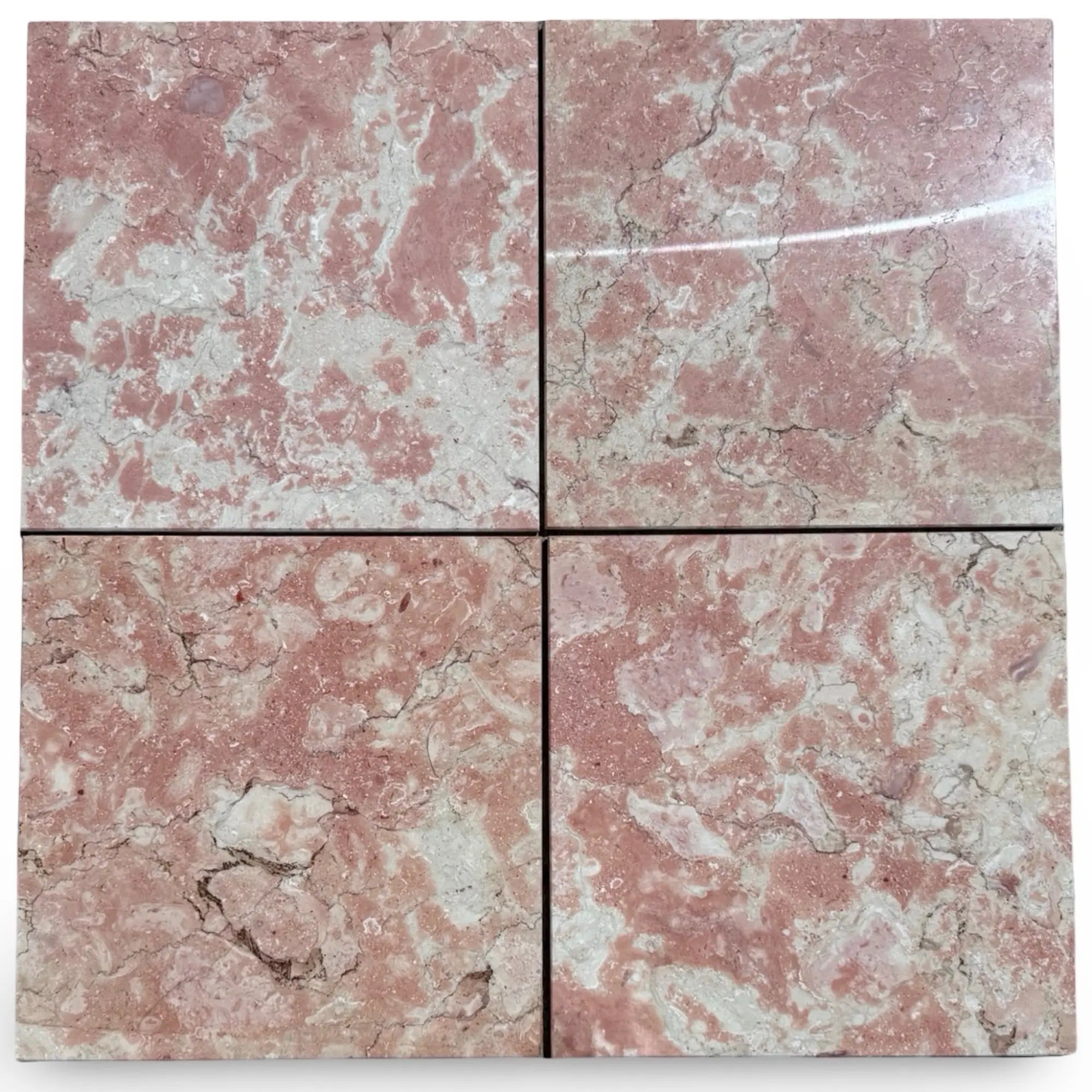 Rosé Aurora Marble
Rosé Aurora Marble Rosetta Storm Marble
Rosetta Storm Marble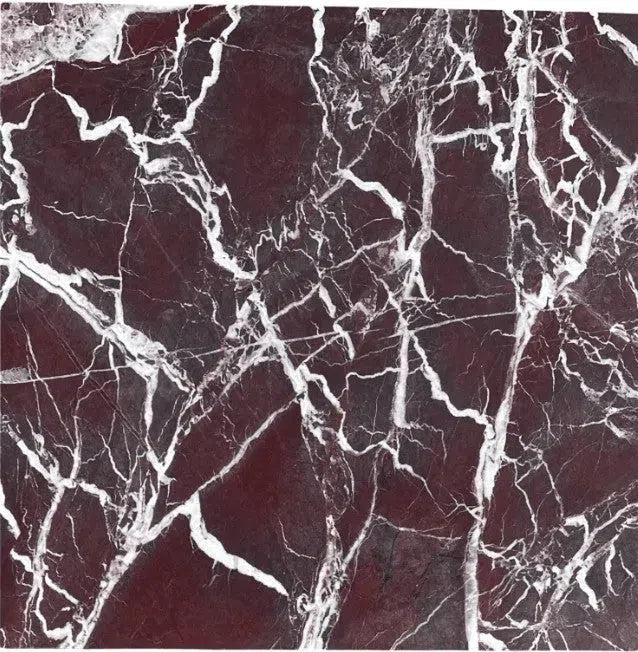 Rosso Levanto Marble
Rosso Levanto Marble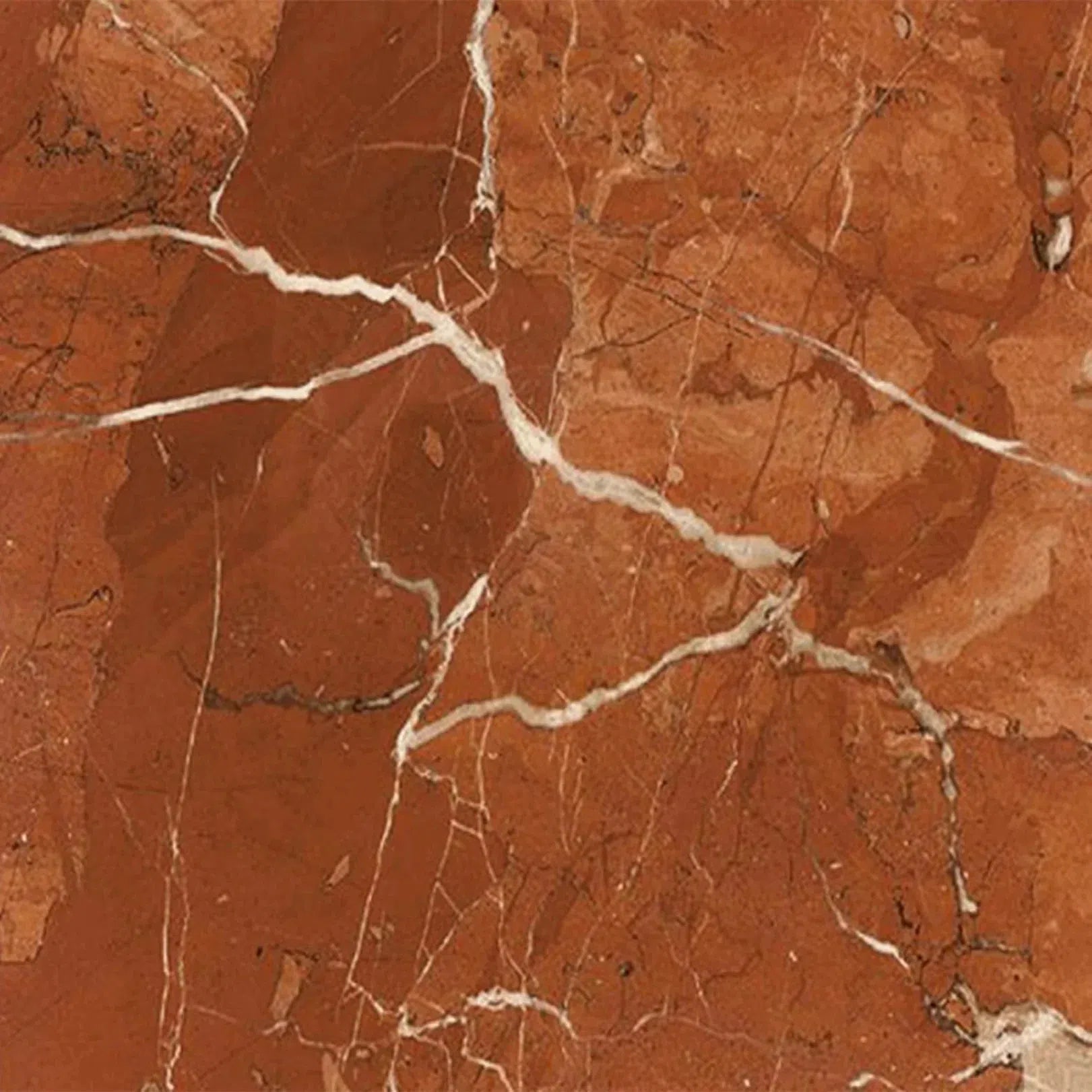 Rojo Alicante Marble
Rojo Alicante Marble Sahara Ember Marble
Sahara Ember Marble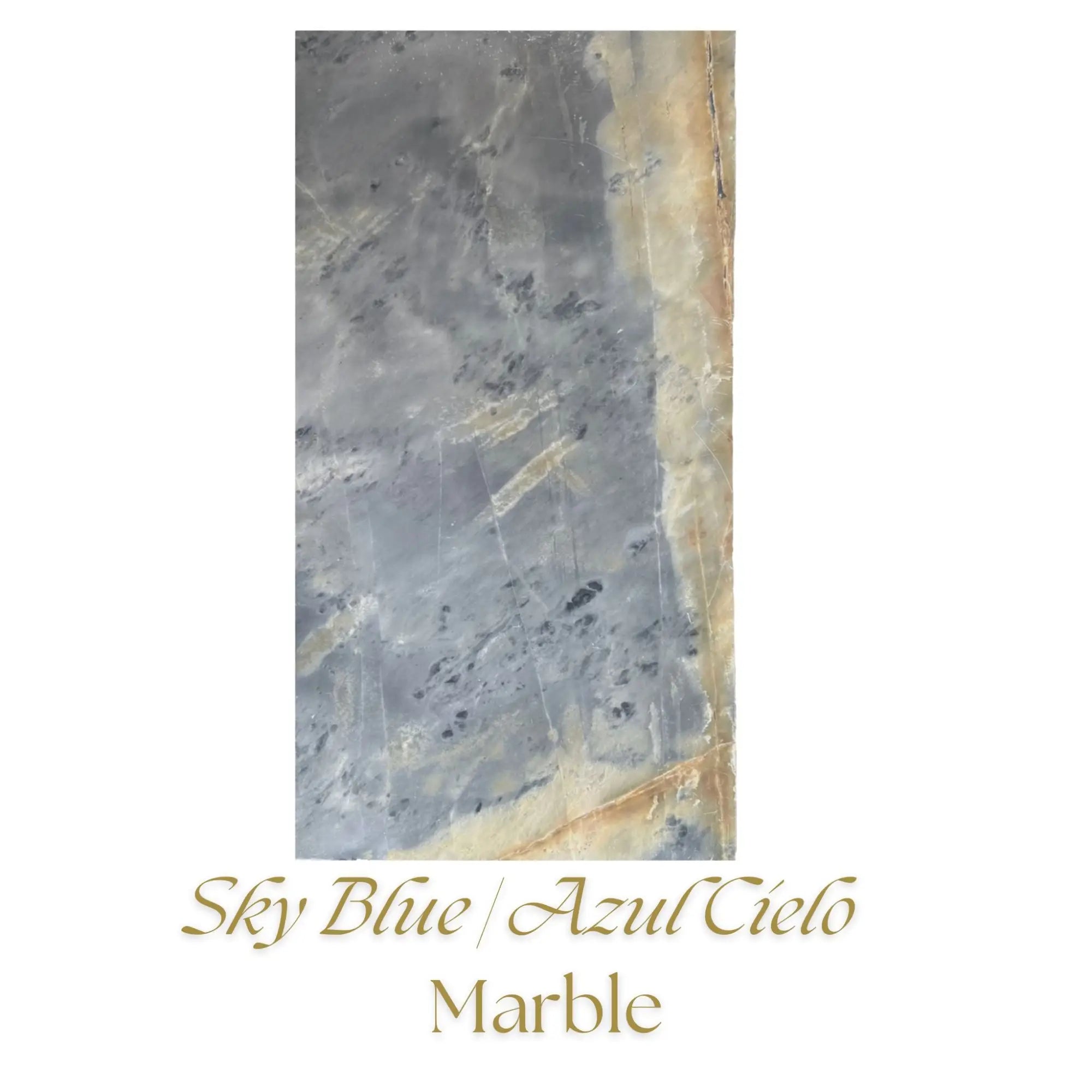 Sky Blue | Azul Cielo Marble
Sky Blue | Azul Cielo Marble Snow White (Afyon White) Marble
Snow White (Afyon White) Marble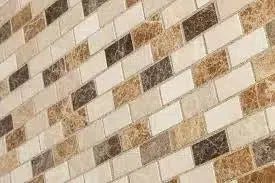 Spanish Mix Marble
Spanish Mix Marble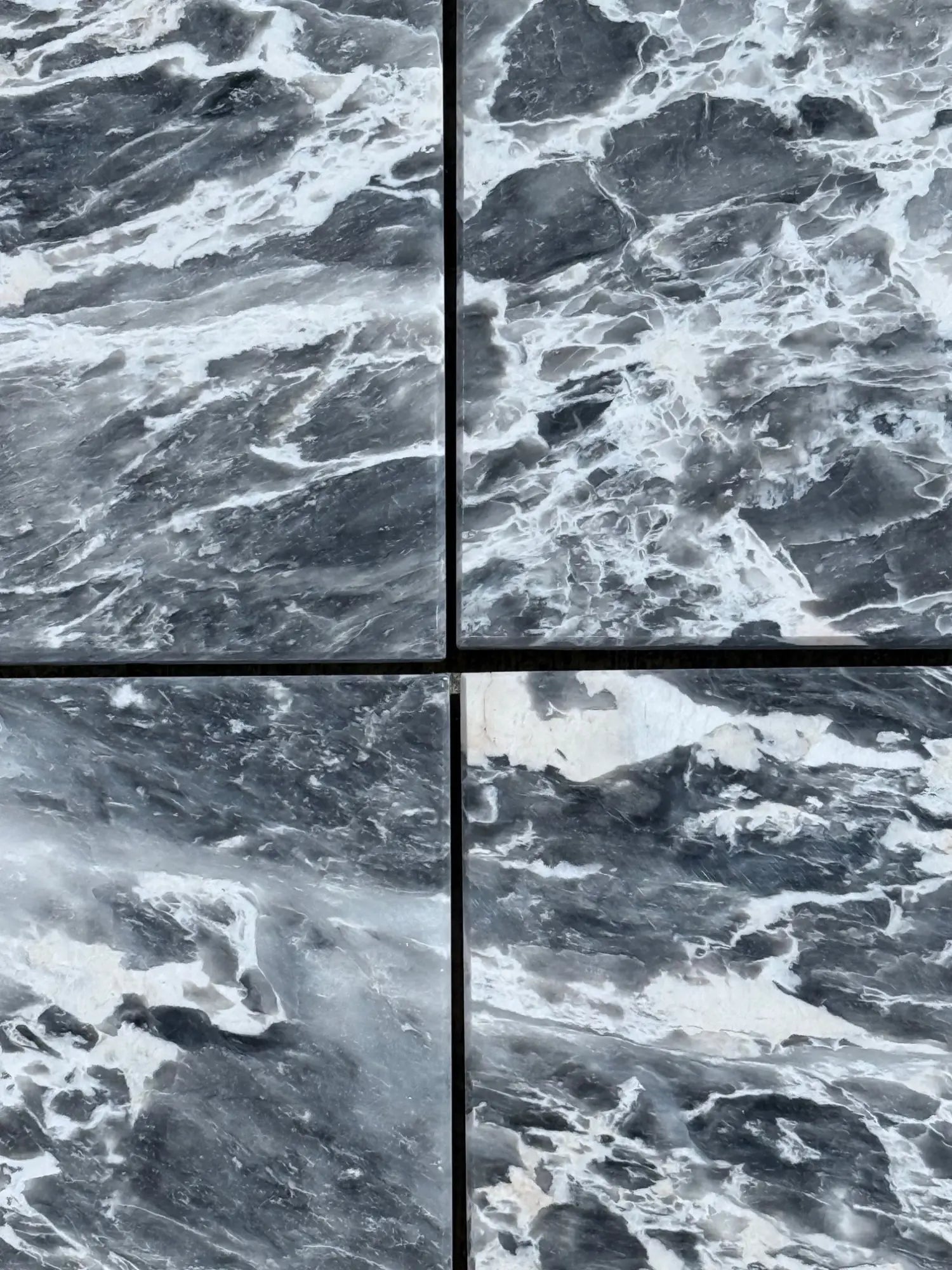 Storm Gray Marble
Storm Gray Marble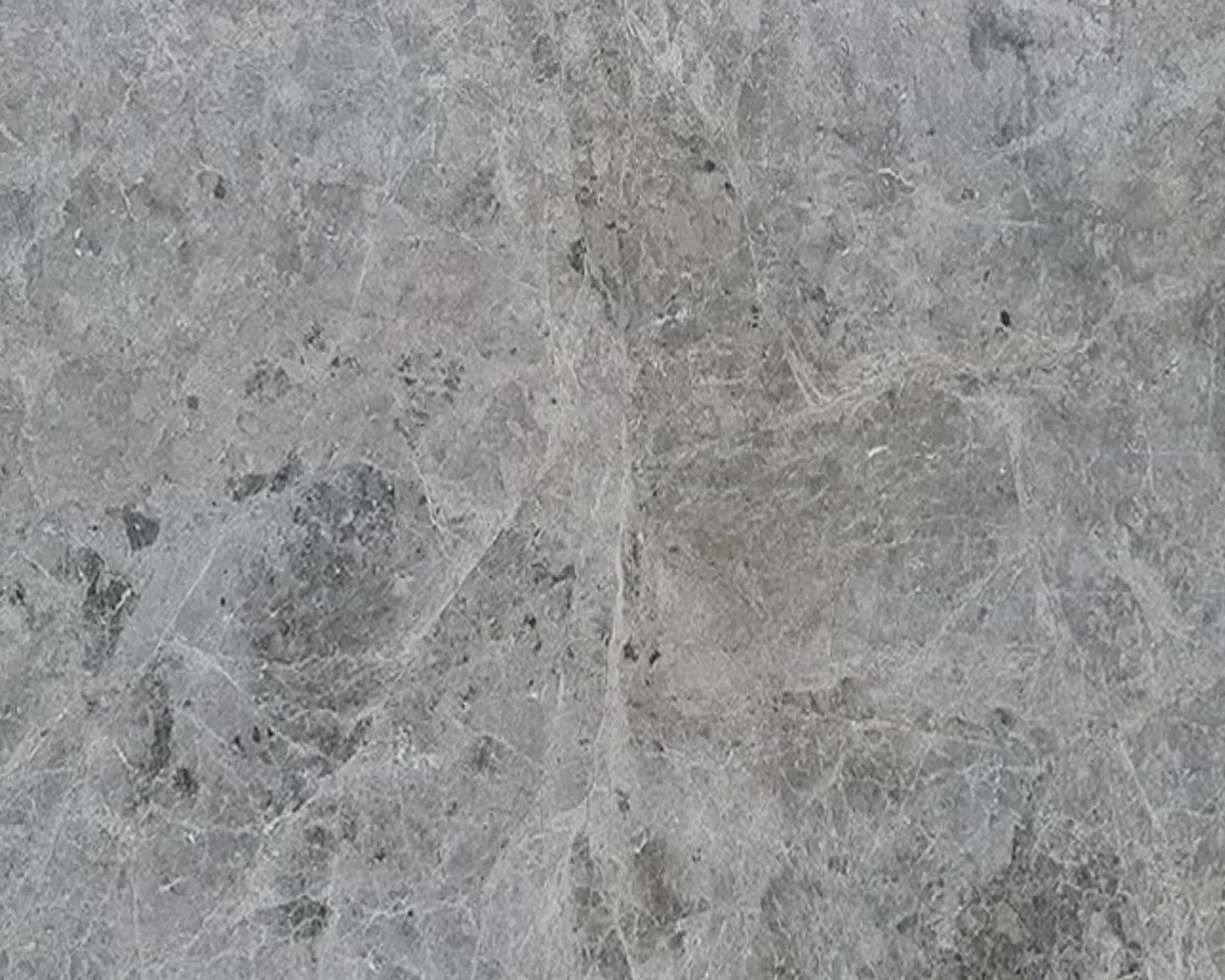 Tundra Gray (Atlantic Gray) Marble
Tundra Gray (Atlantic Gray) Marble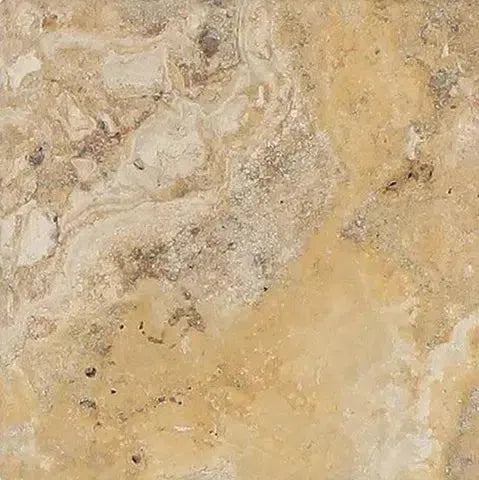 Valencia Travertine
Valencia Travertine Valerenga Travertine
Valerenga Travertine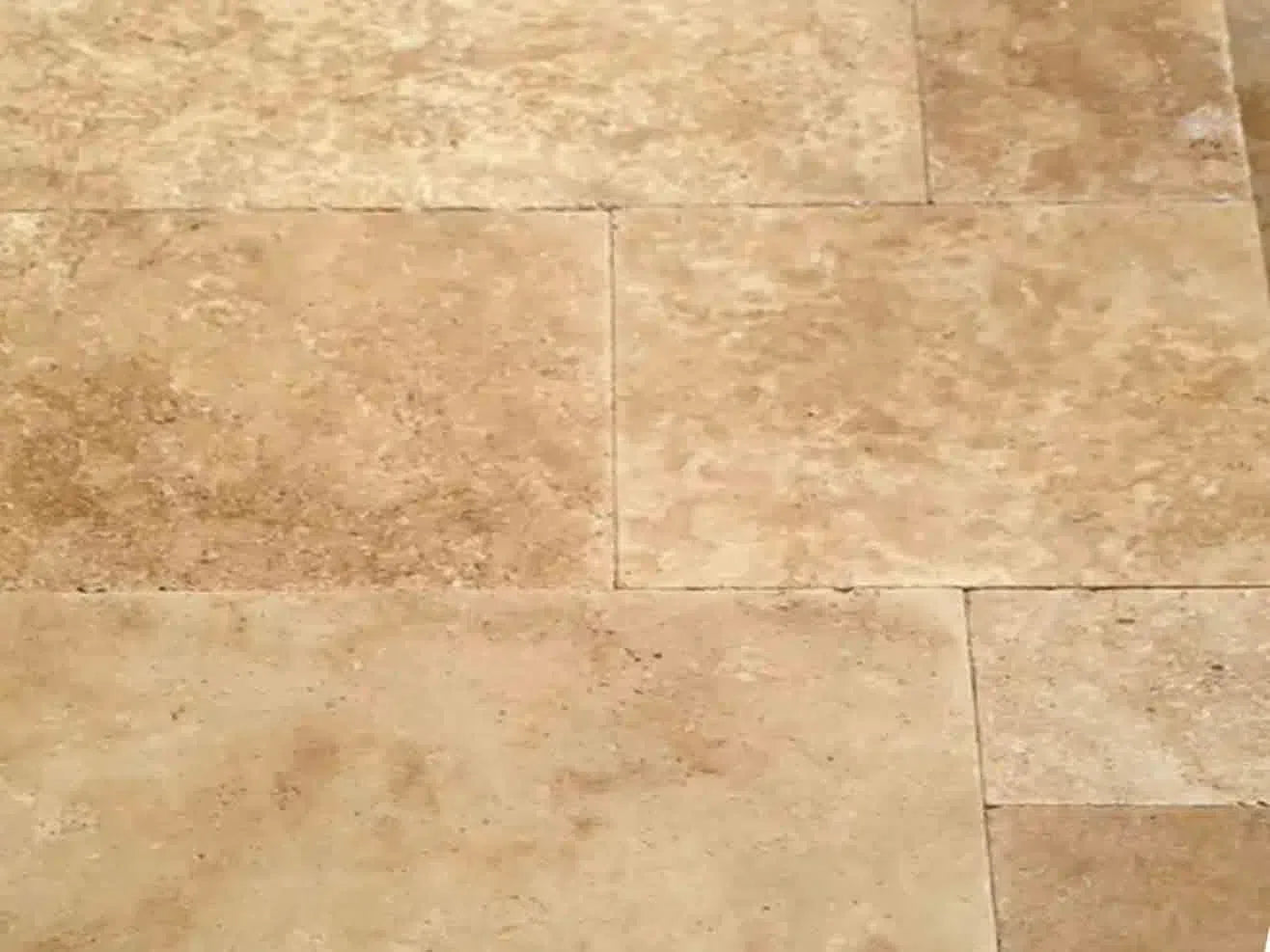 Walnut Travertine
Walnut Travertine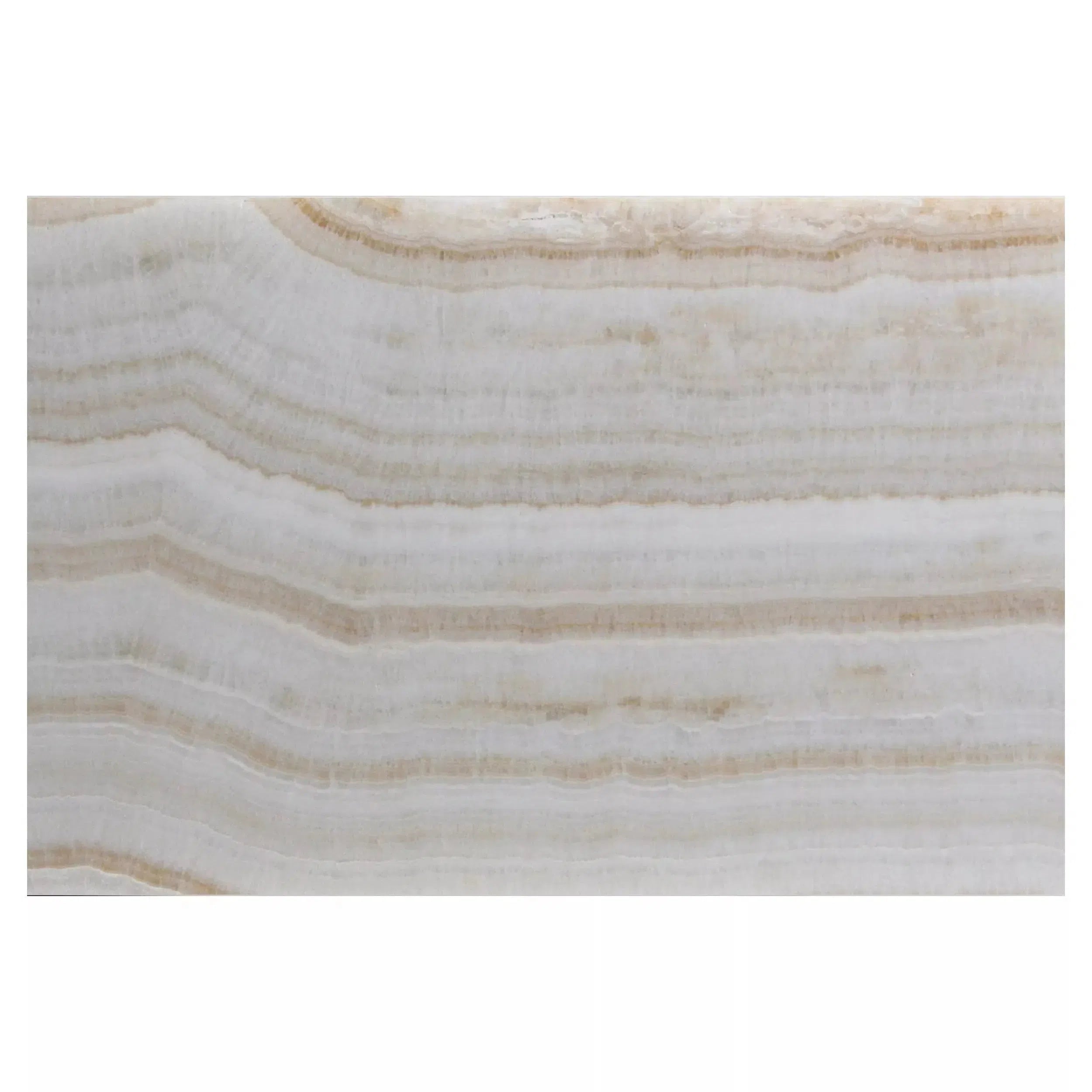 White Onyx Marble
White Onyx Marble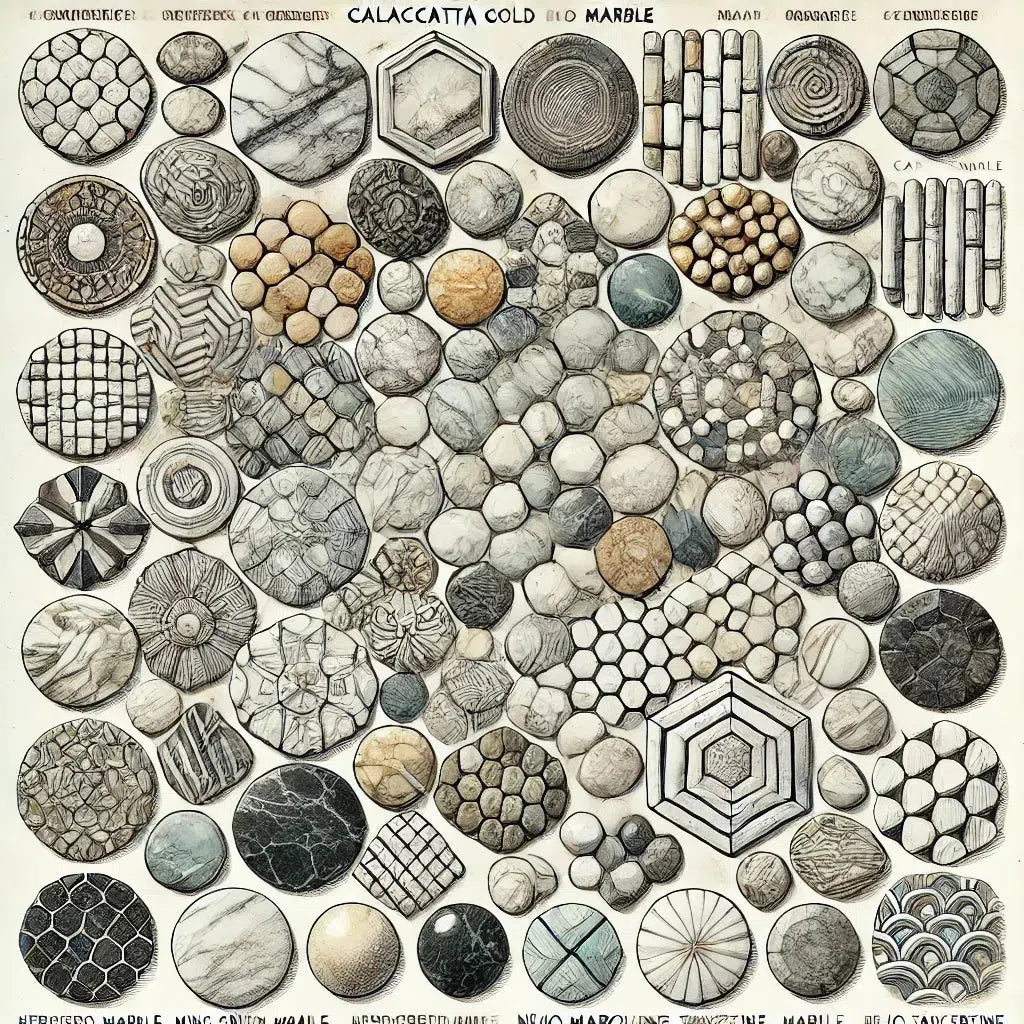 Shop By Type
Shop By Type
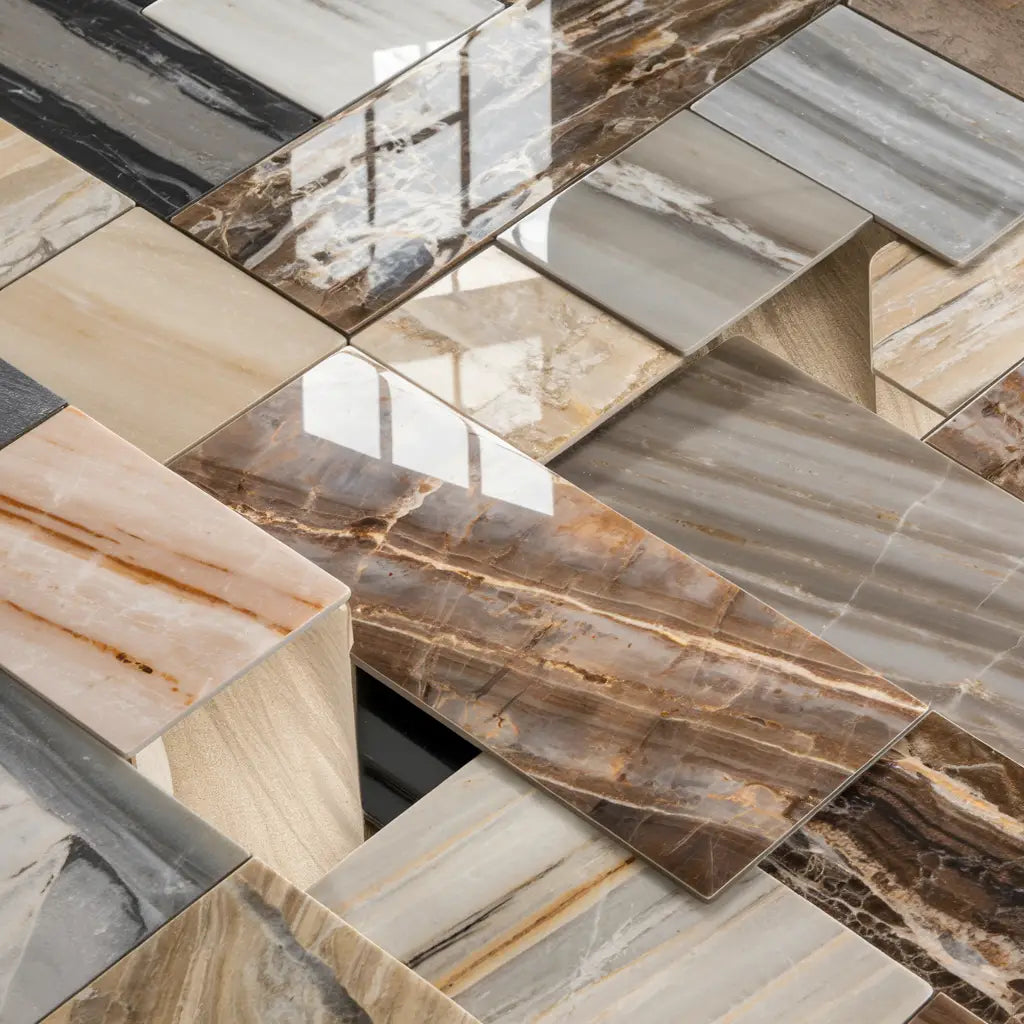 Marble Tiles
Marble Tiles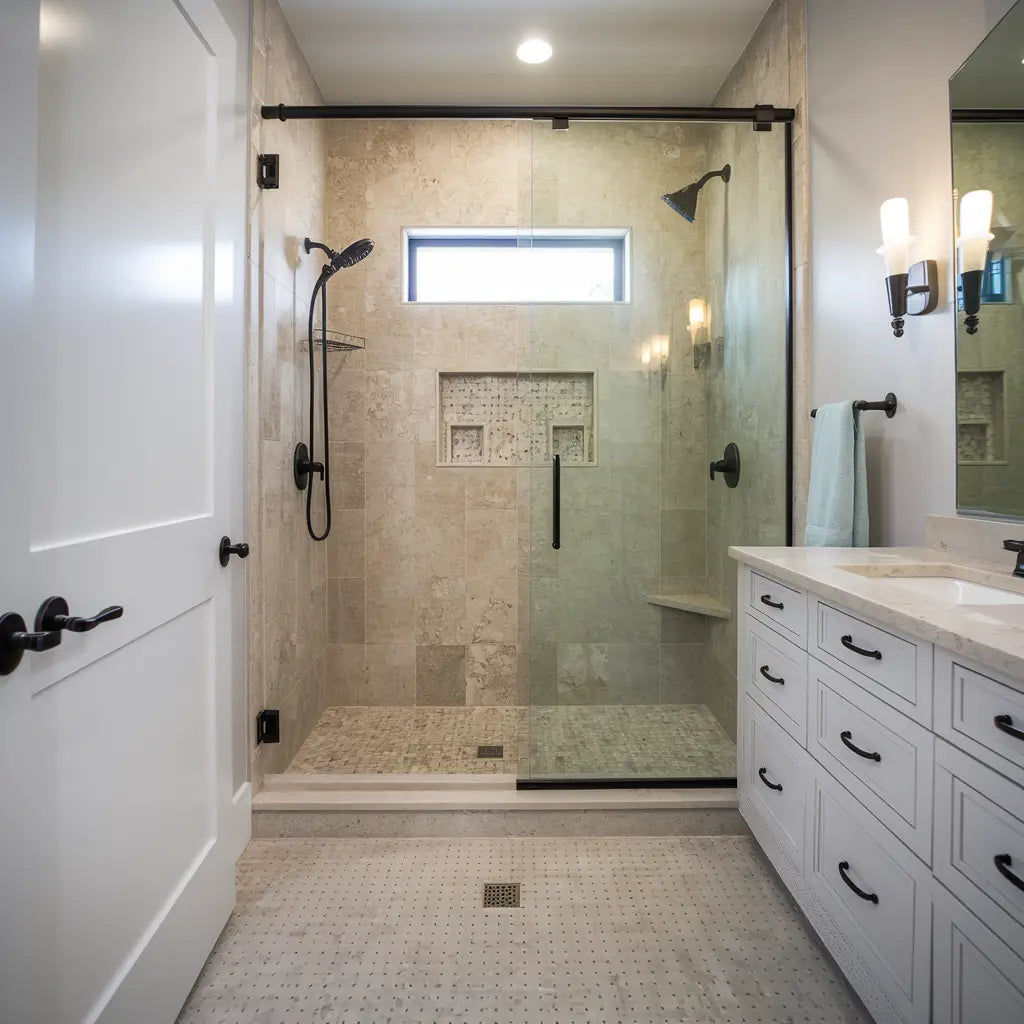 Marble Mosaic
Marble Mosaic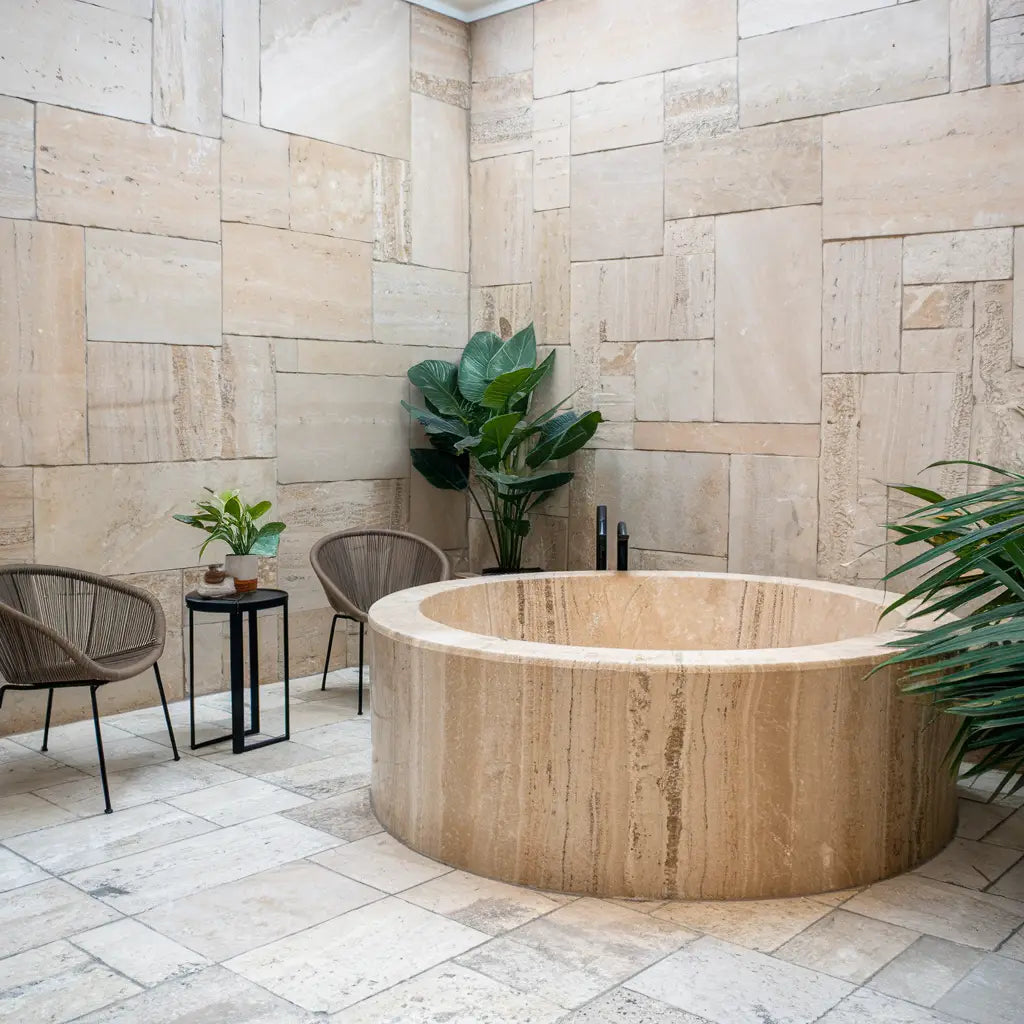 Travertine Tiles
Travertine Tiles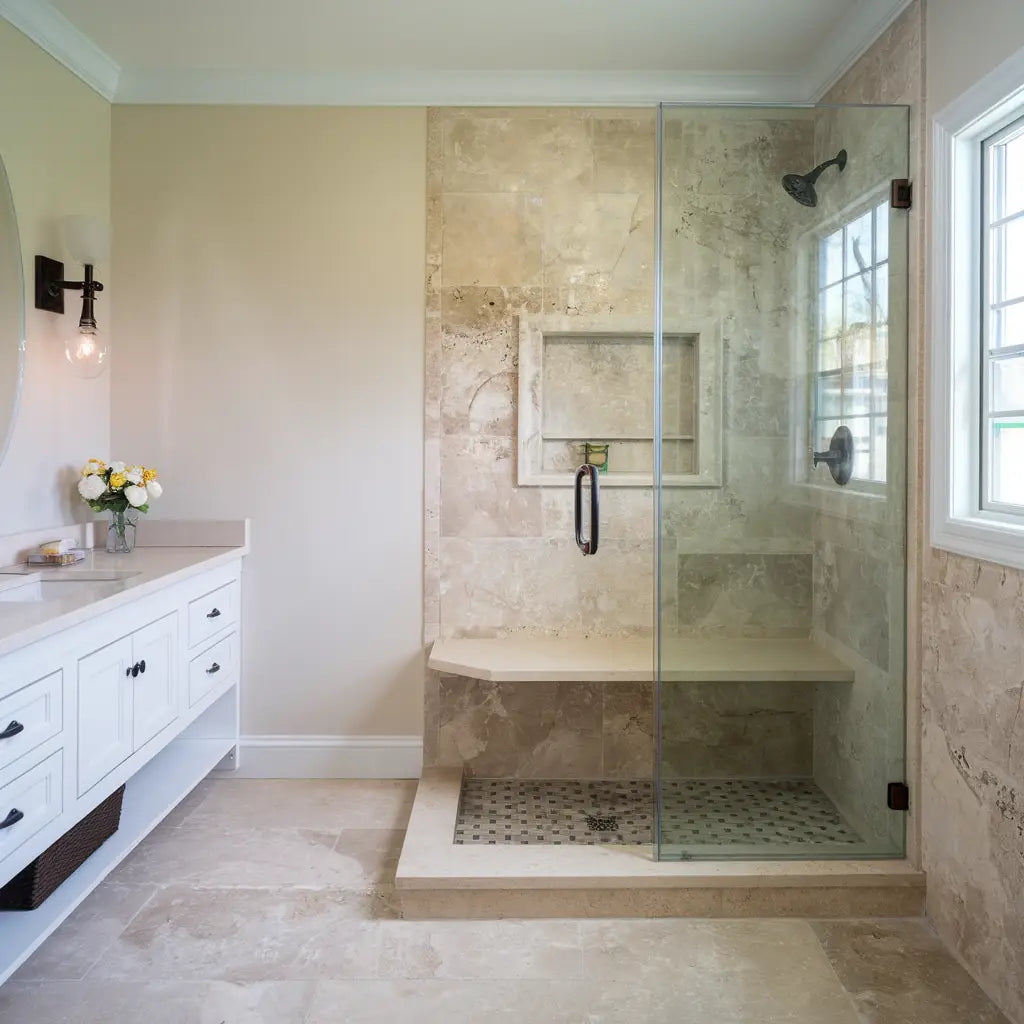 Travertine Mosaic
Travertine Mosaic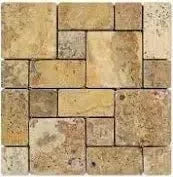 4 pcs Versailles Pattern / French Pattern Set
4 pcs Versailles Pattern / French Pattern Set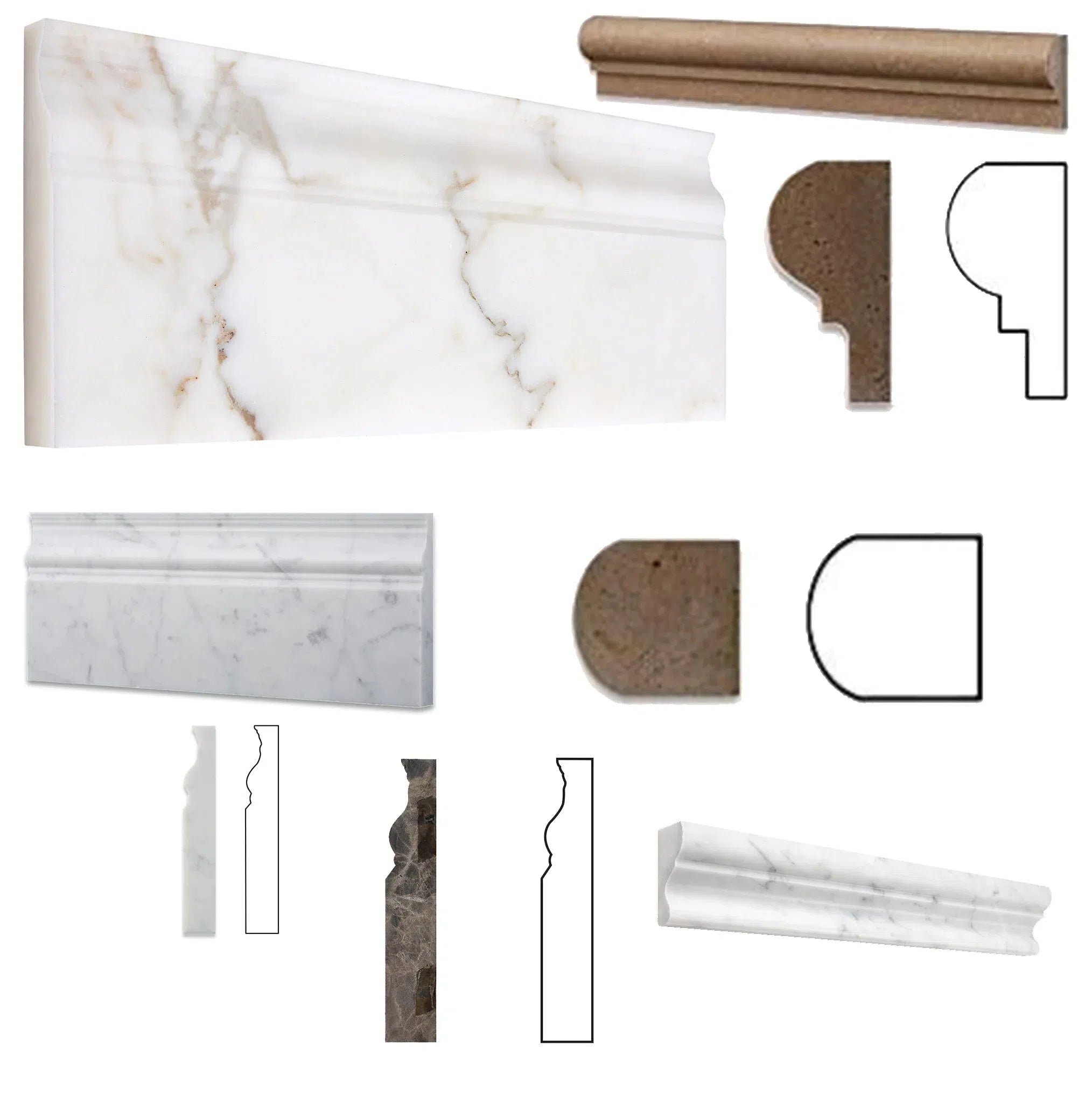 Molding/Trim
Molding/Trim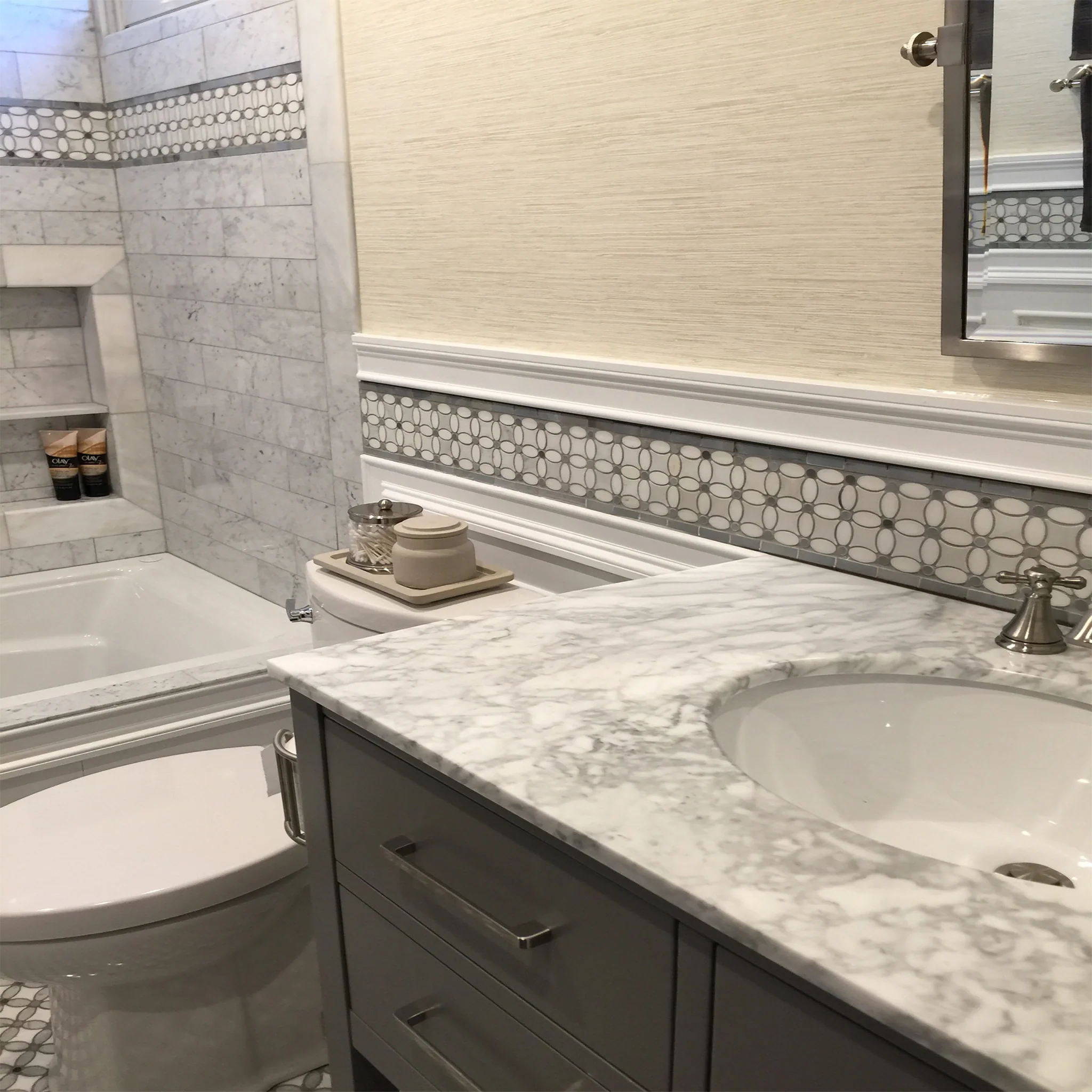 Border/Listello
Border/Listello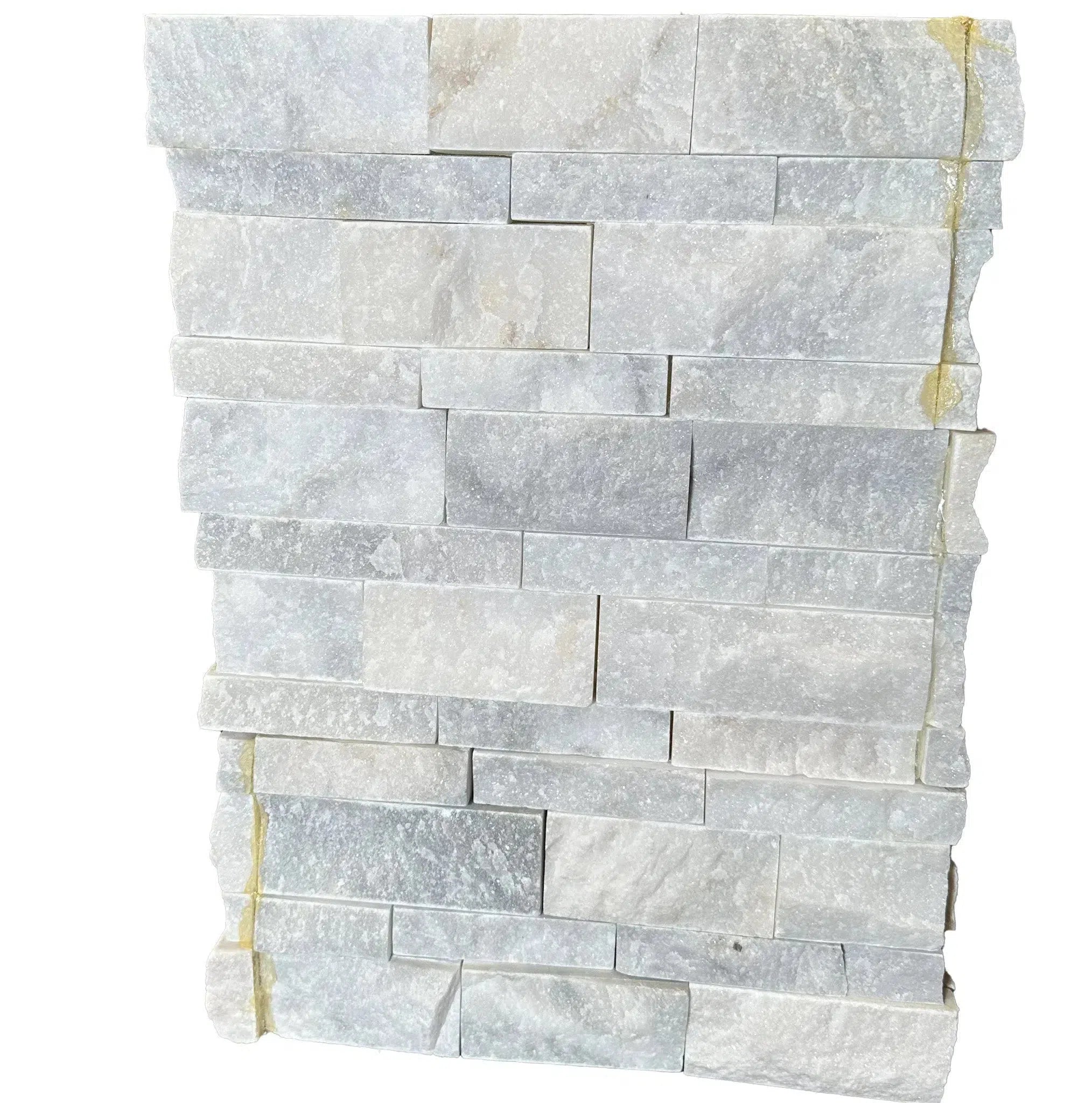 Ledger-Panel
Ledger-Panel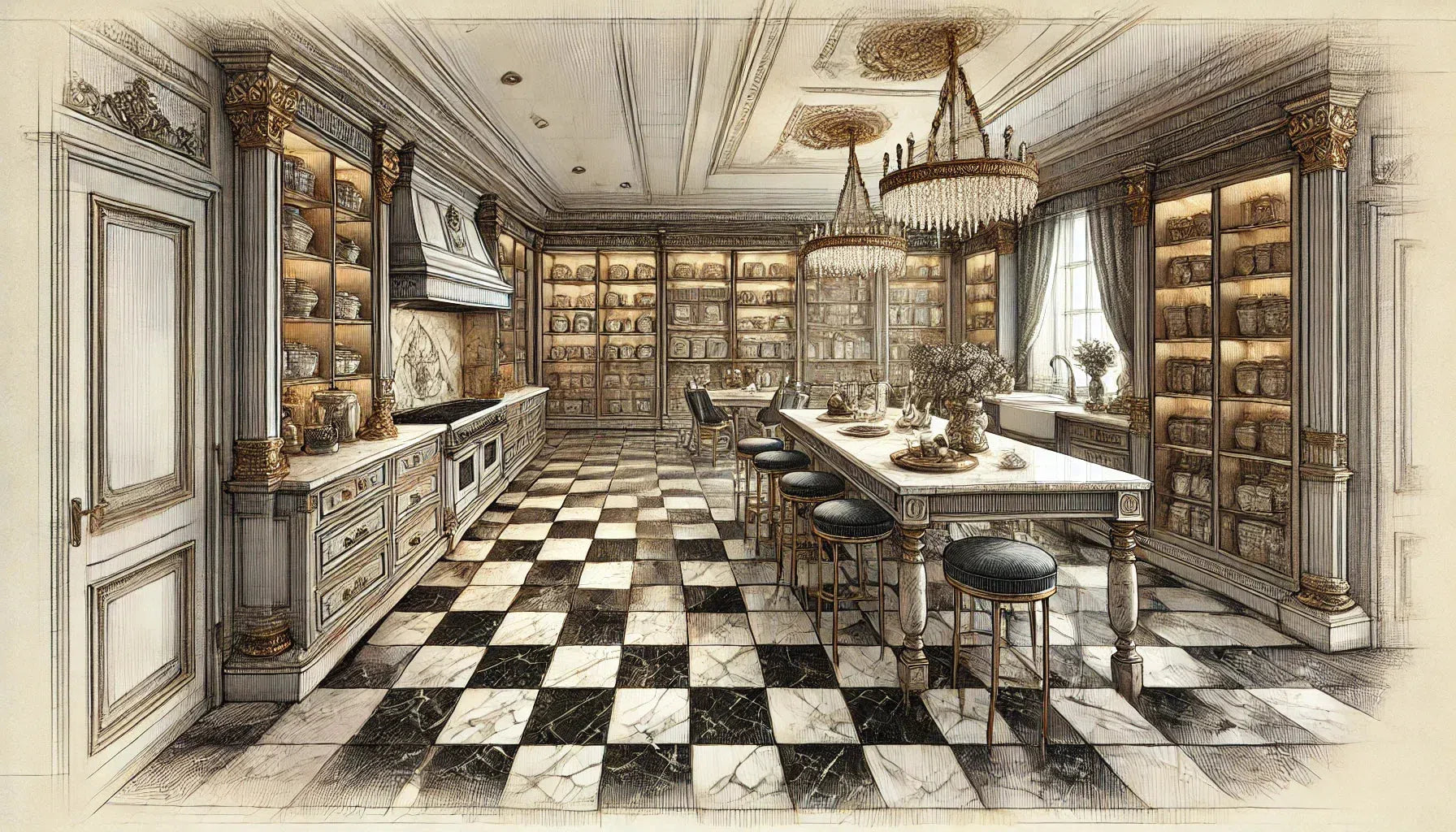 Checkerboard
Checkerboard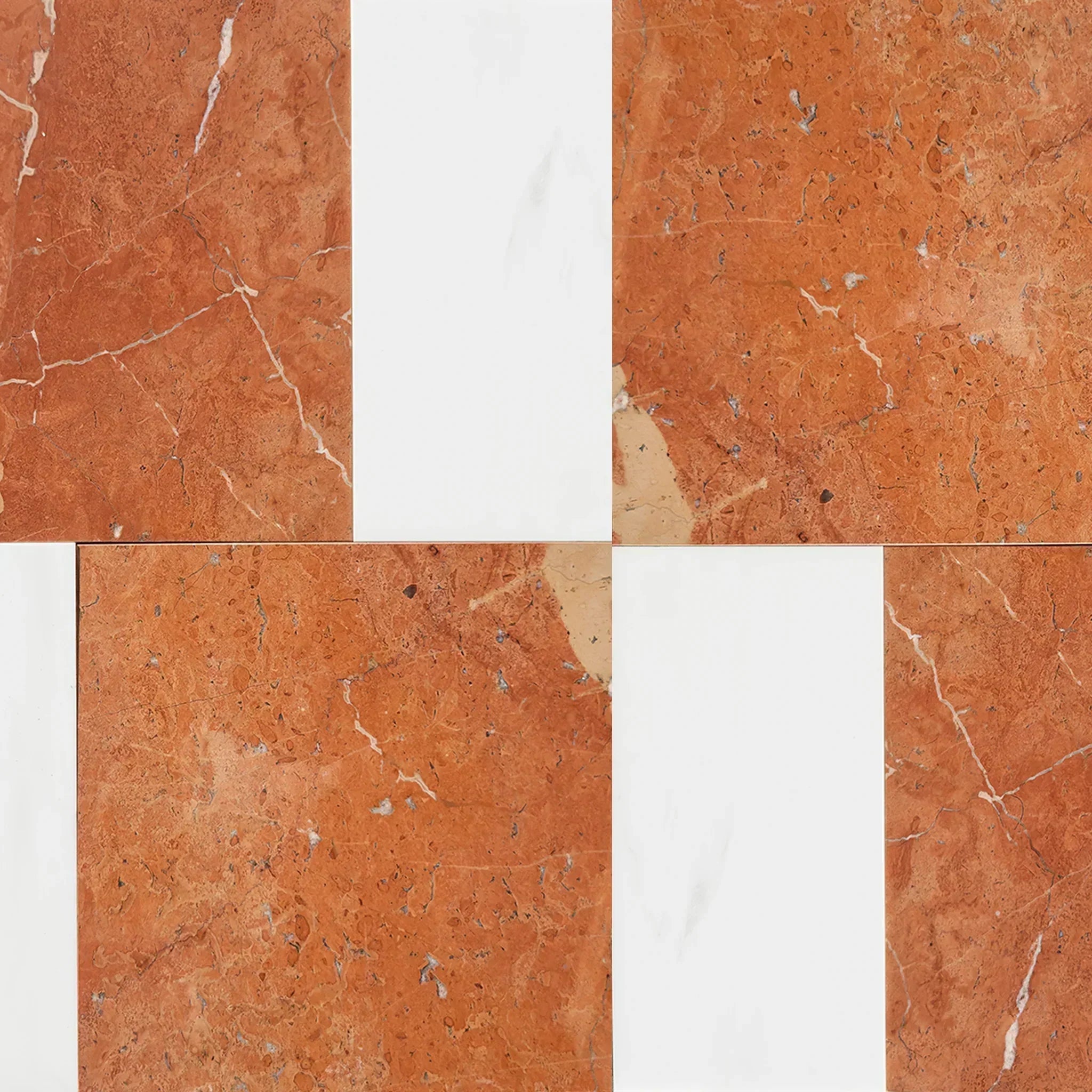 Patterned Tile Collection
Patterned Tile Collection 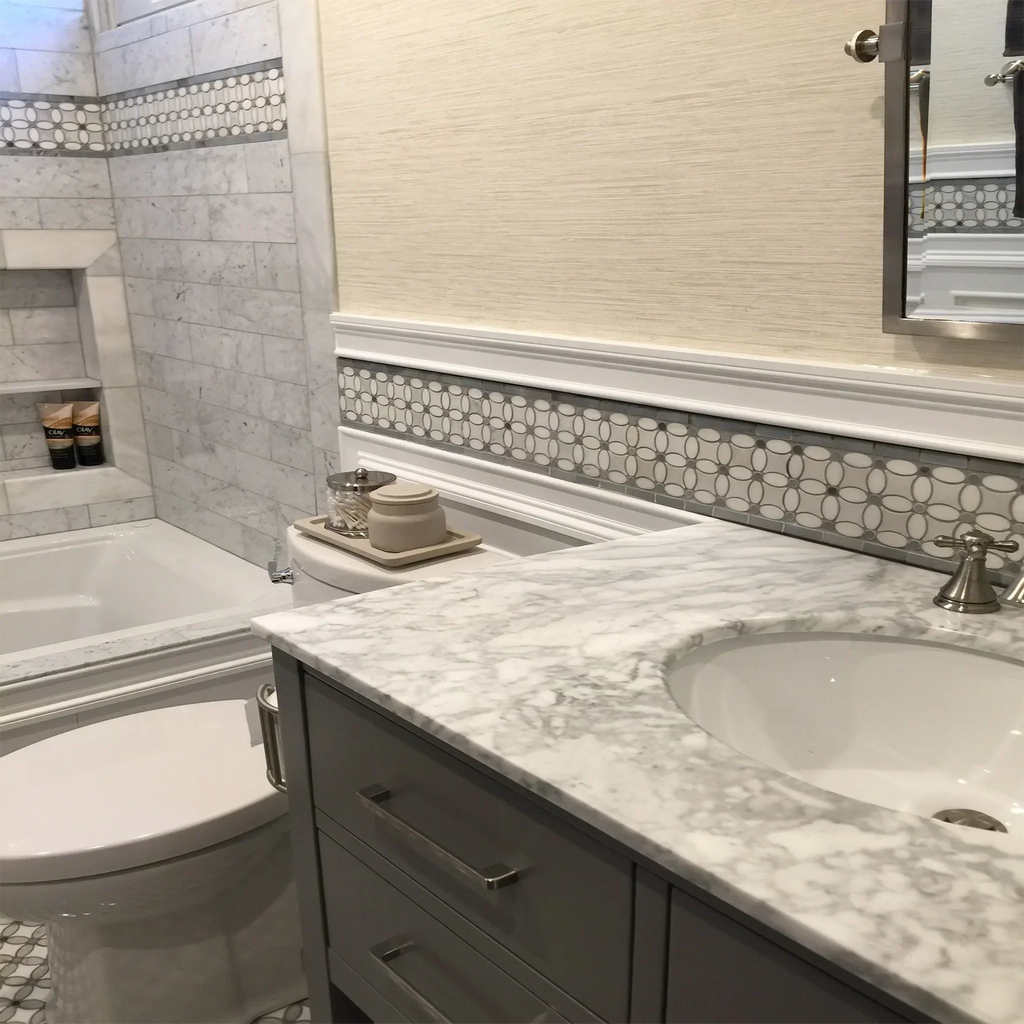 Shop By Finish
Shop By Finish
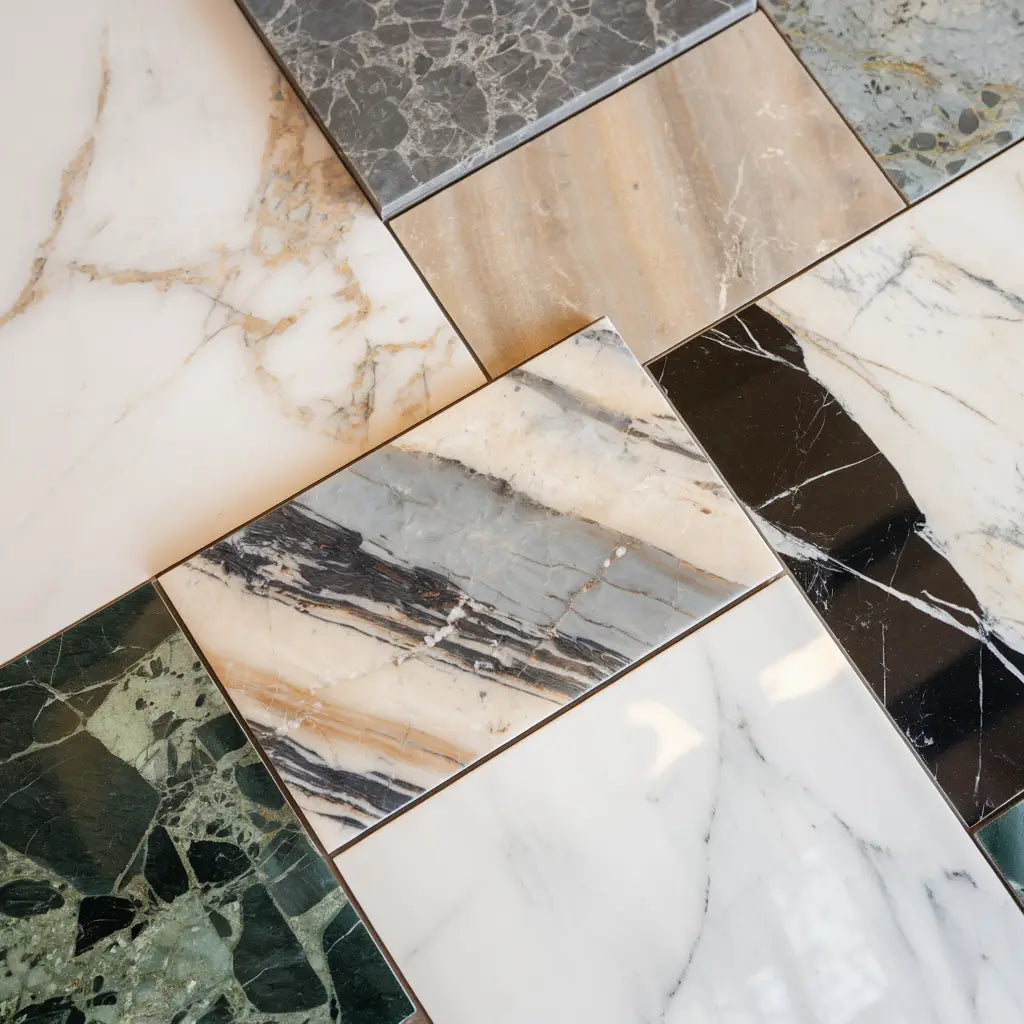 Polished
Polished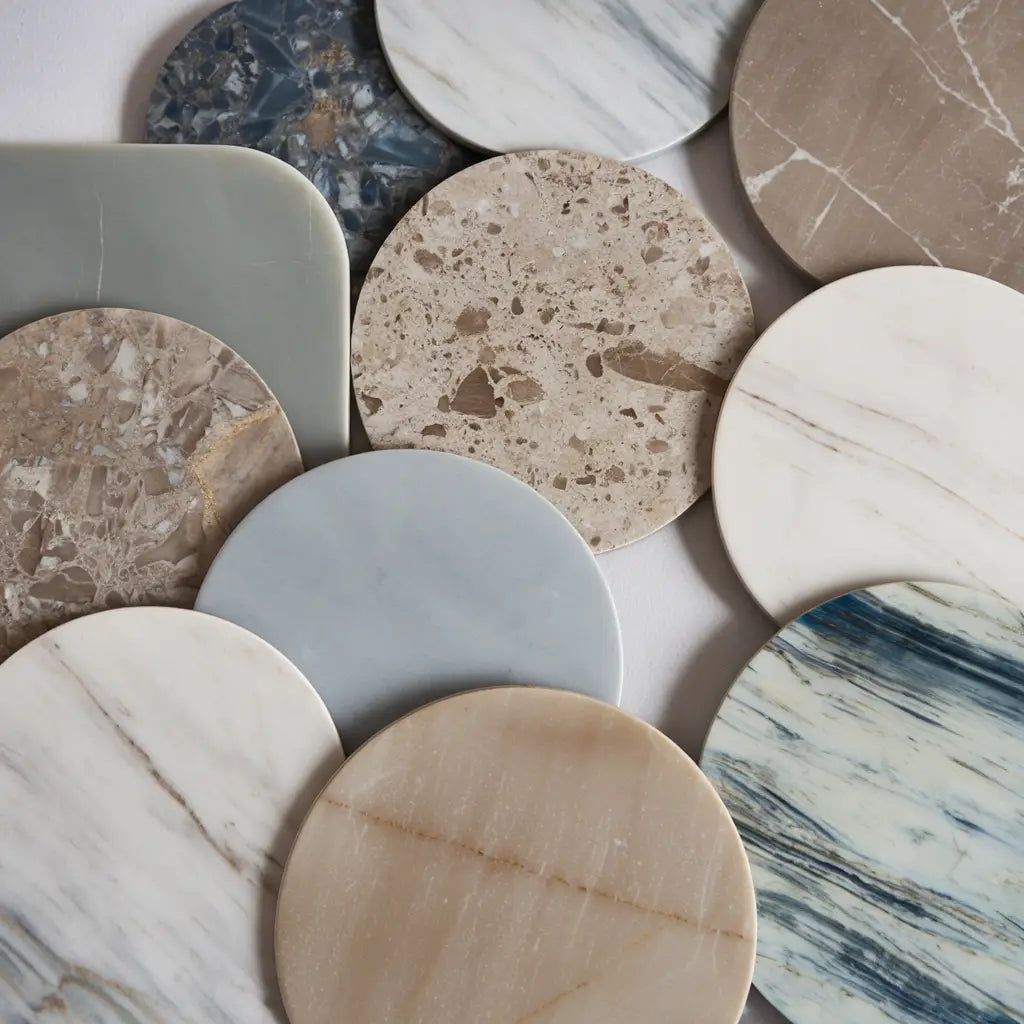 Honed
Honed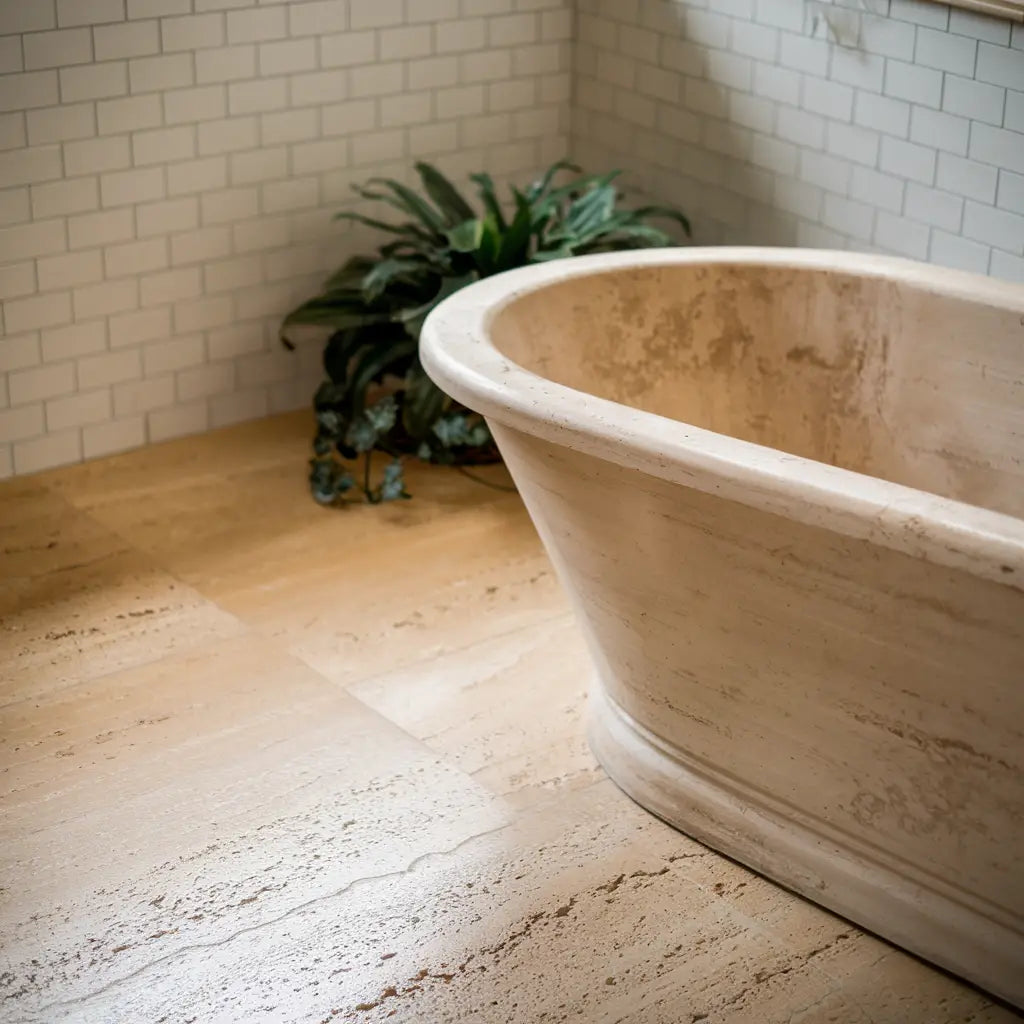 Brushed
Brushed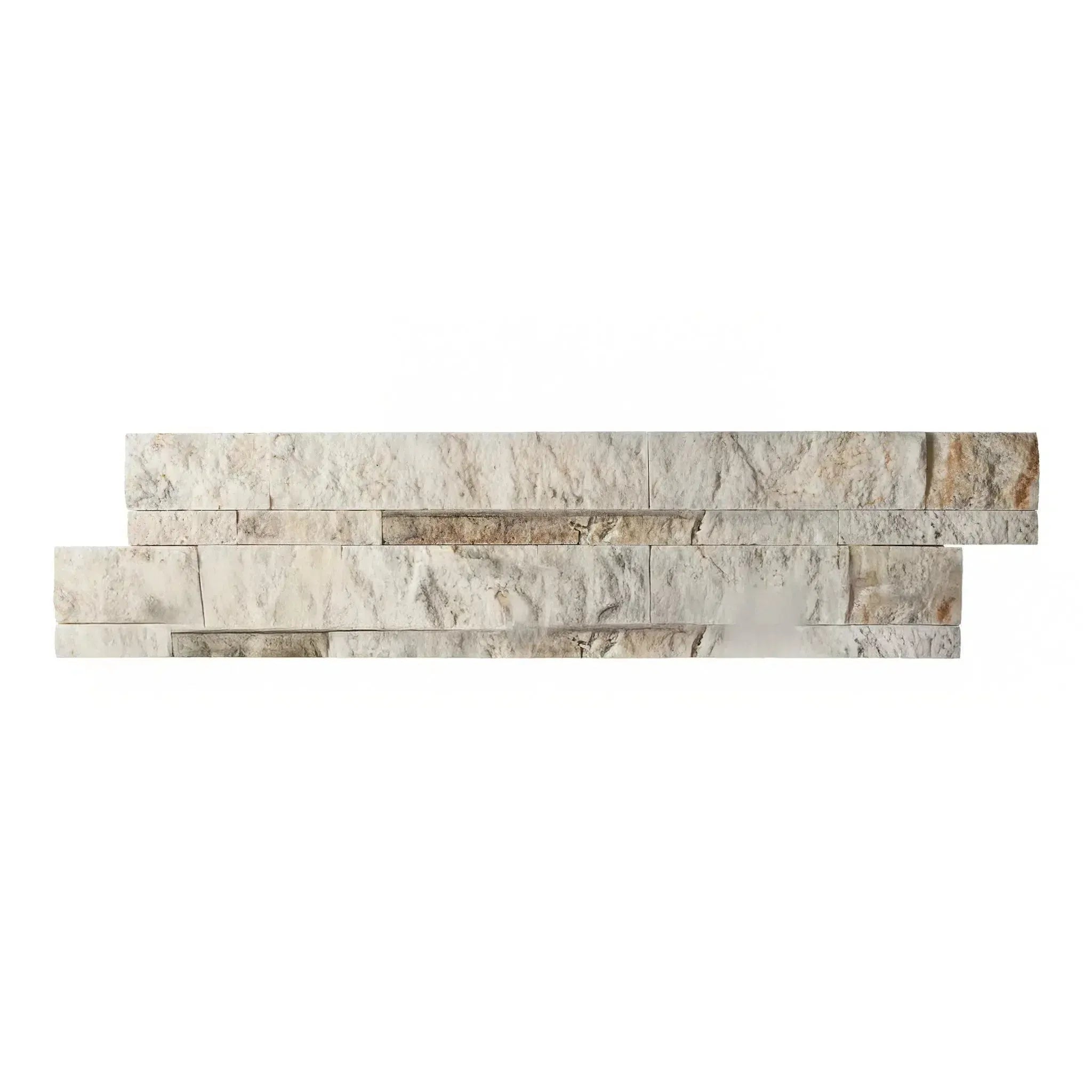 Split Face
Split Face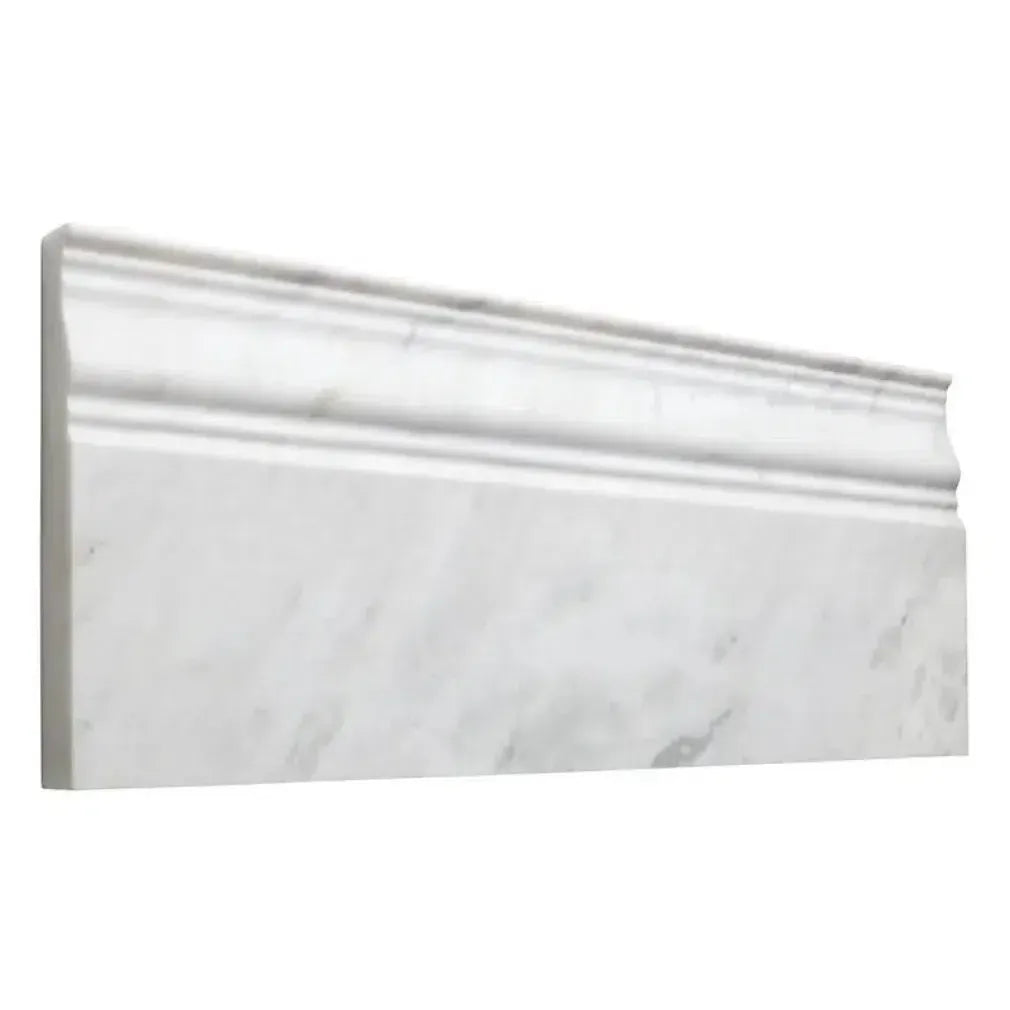 Textured
Textured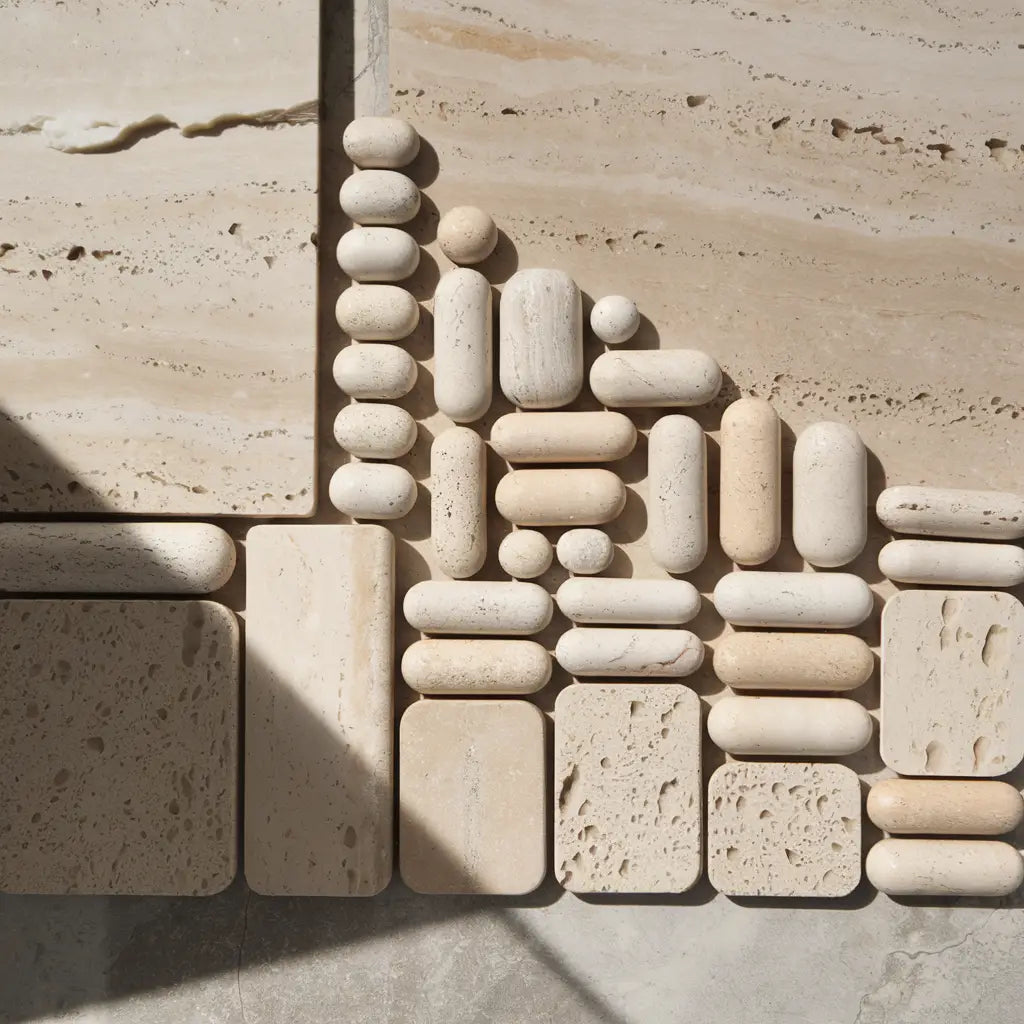 Tumbled
Tumbled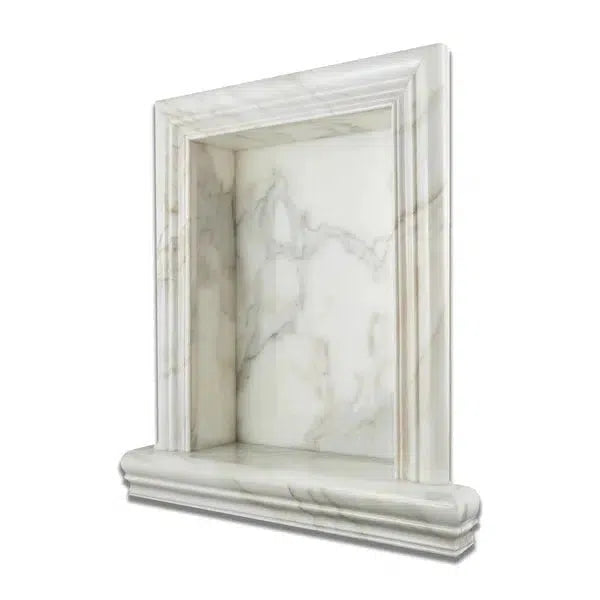 Accessories
Accessories
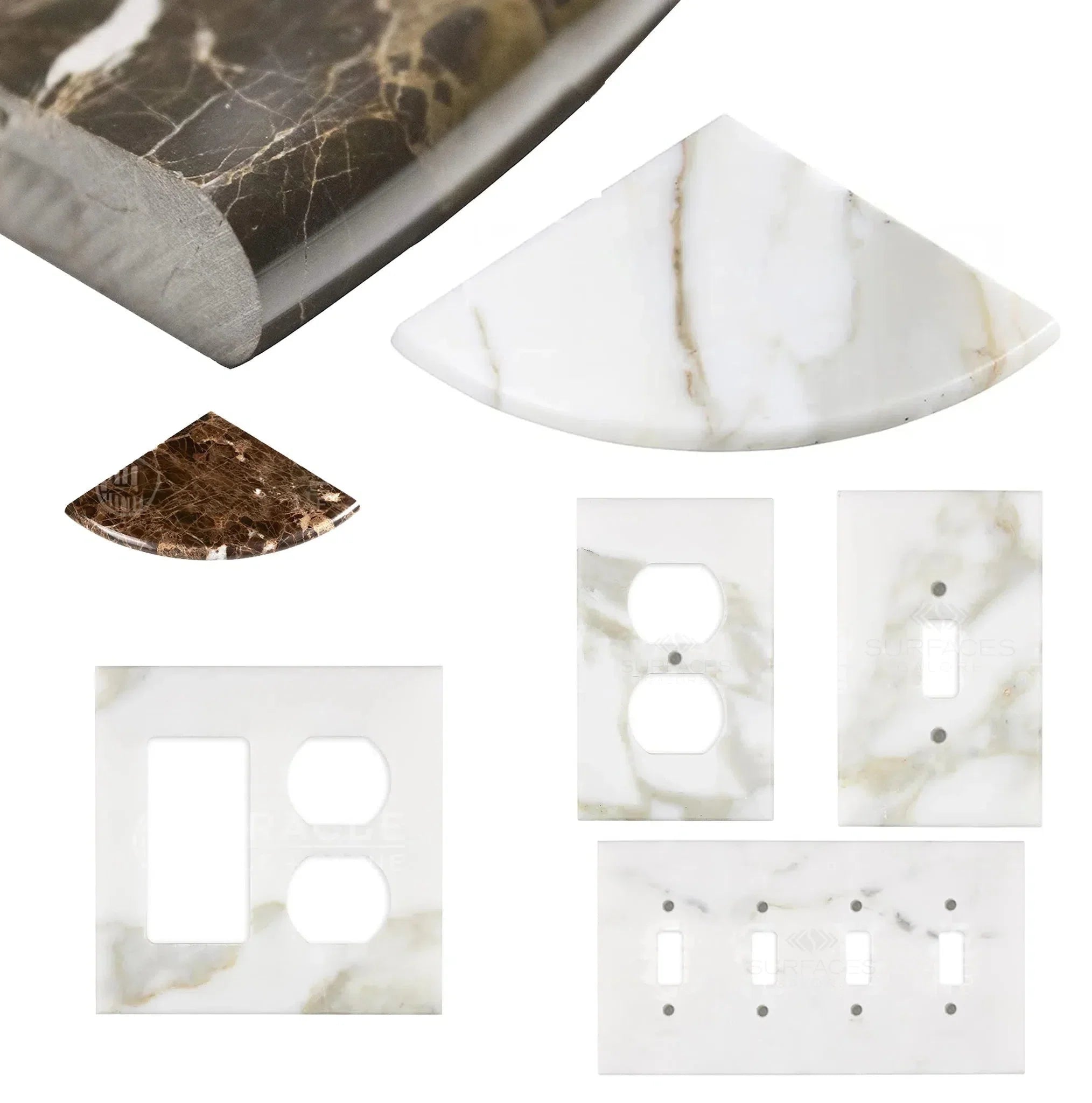 Wall Plate / Switch Plate
Wall Plate / Switch Plate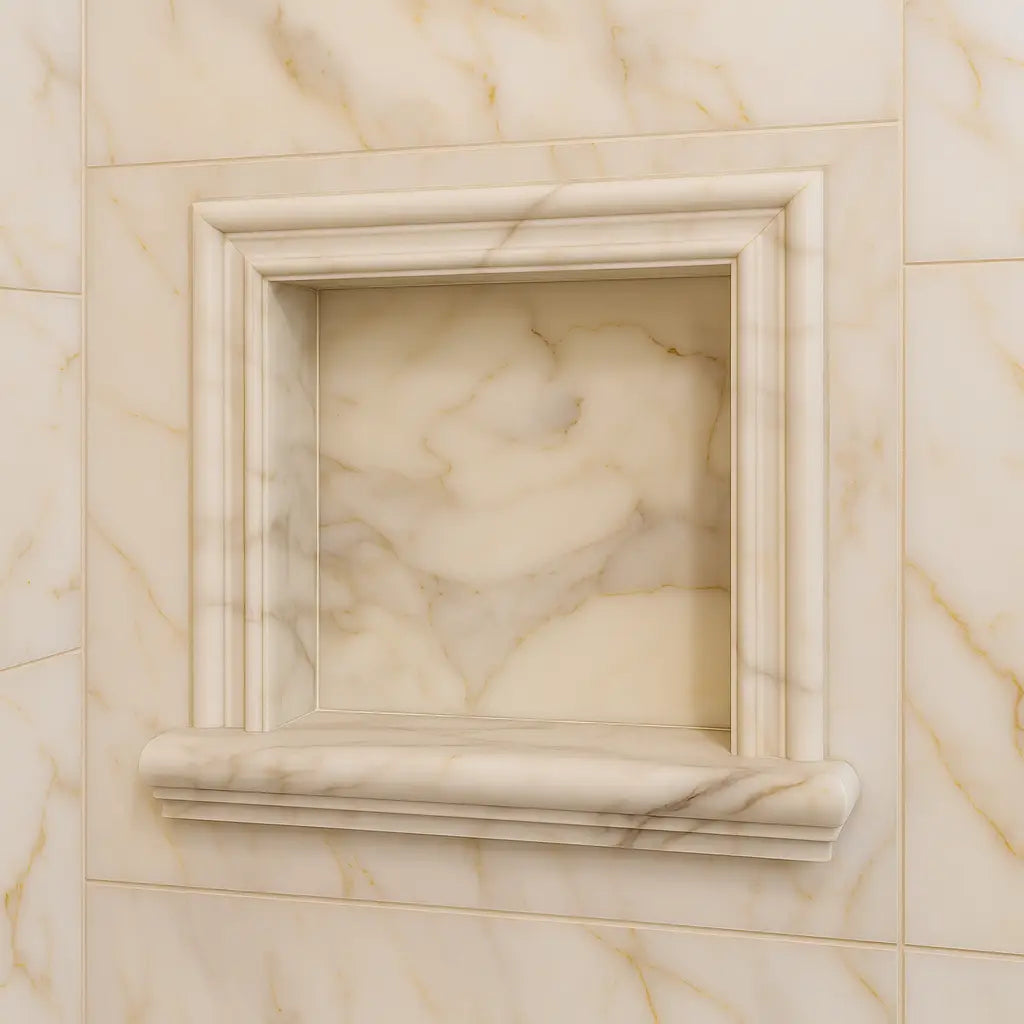 Shampoo Niche
Shampoo Niche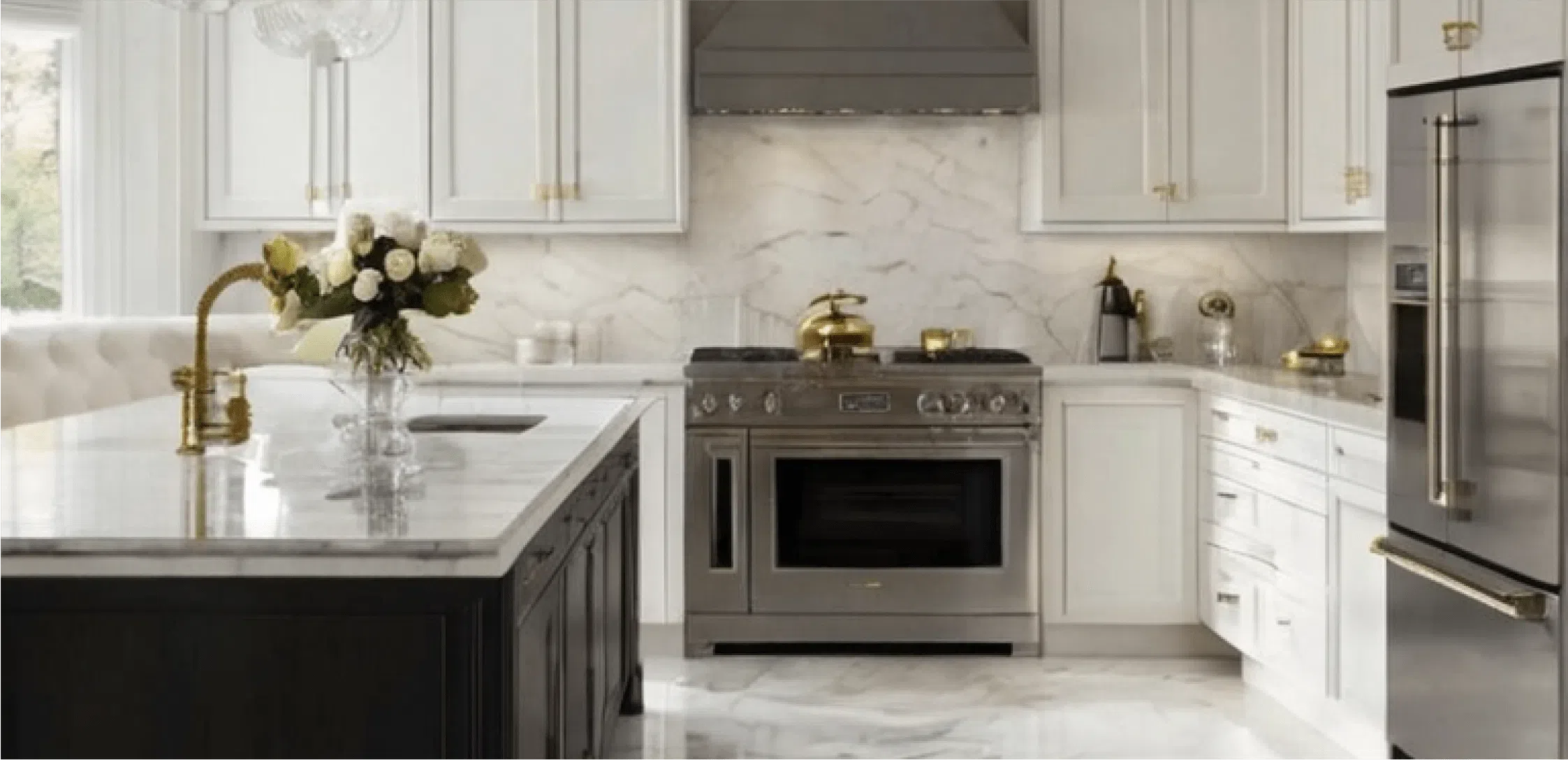 Corner Shelf
Corner Shelf Clearance
Clearance





Leave a comment